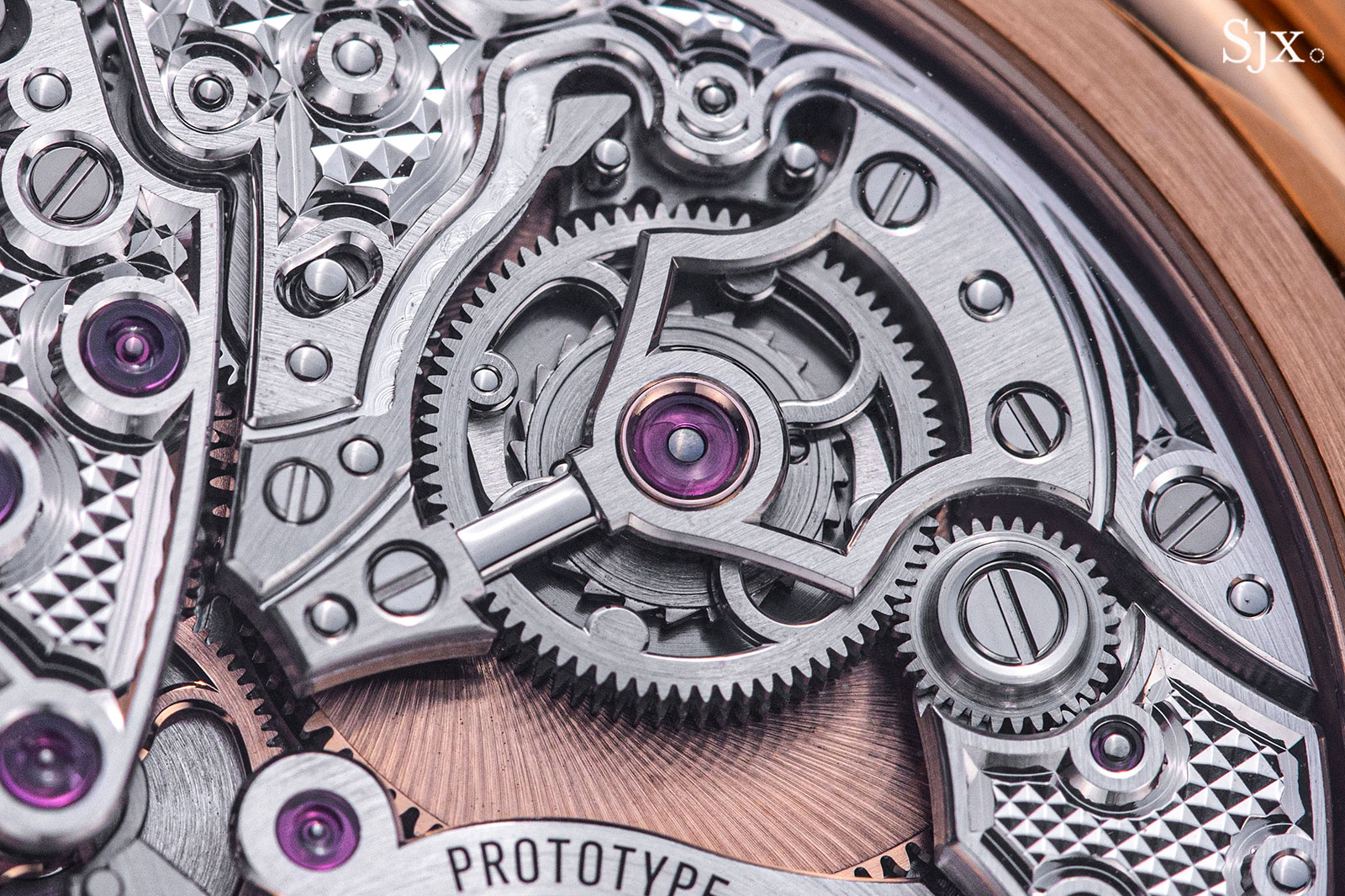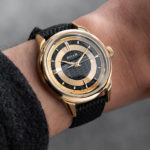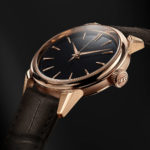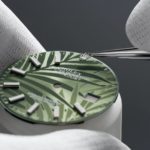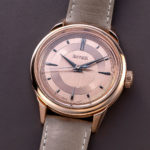A Haute Horlogerie Makeover for the Girard-Perregaux Laureato
A (sporty) bridge from the past to the future.
Girard-Perregaux (GP) unveils the second chapter of the Laureato’s 50th anniversary with the Laureato Three Gold Bridges Tourbillon. First launched as part of the earlier generation Laureato in the 1990s, the tourbillon has been reimagined with a monochromatic palette in a limited edition of 50 pieces that evokes GP’s golden age as a modern-day manufacture.

Initial thoughts
Few tourbillon movements are as iconic as the GP Three Gold Bridges. The concept debuted in a tourbillon pocket watch in 1867 and the manufacture has since adopted the signature arrow-shaped bridge as its logo and even employed the motif in movements without a tourbillon.

Fortunately, the new Laureato is very much a tourbillon; this combination of two icons should please both fans of the brand and enthusiasts alike. The GP9620 tourbillon movement is good example of high-quality, in-house watchmaking, and is evidently constructed and finished to a high standard. Derived from the GP9400 series of movements, the GP9620 features improved finishing and a new monochromatic palette.
Remaining true to the original three bridges design, the proprietary calibre retains the visual identity of early GP pocket watch tourbillon movements, including the brand’s iconic tourbillon cage immortalised as its own design by Reinhard Meis in his book Das Tourbillon; very few brands have a tourbillon they can truly call their own. But the movement also incorporates modern amenities like automatic winding – thanks to a micro-rotor cleverly concealed behind the mainspring.
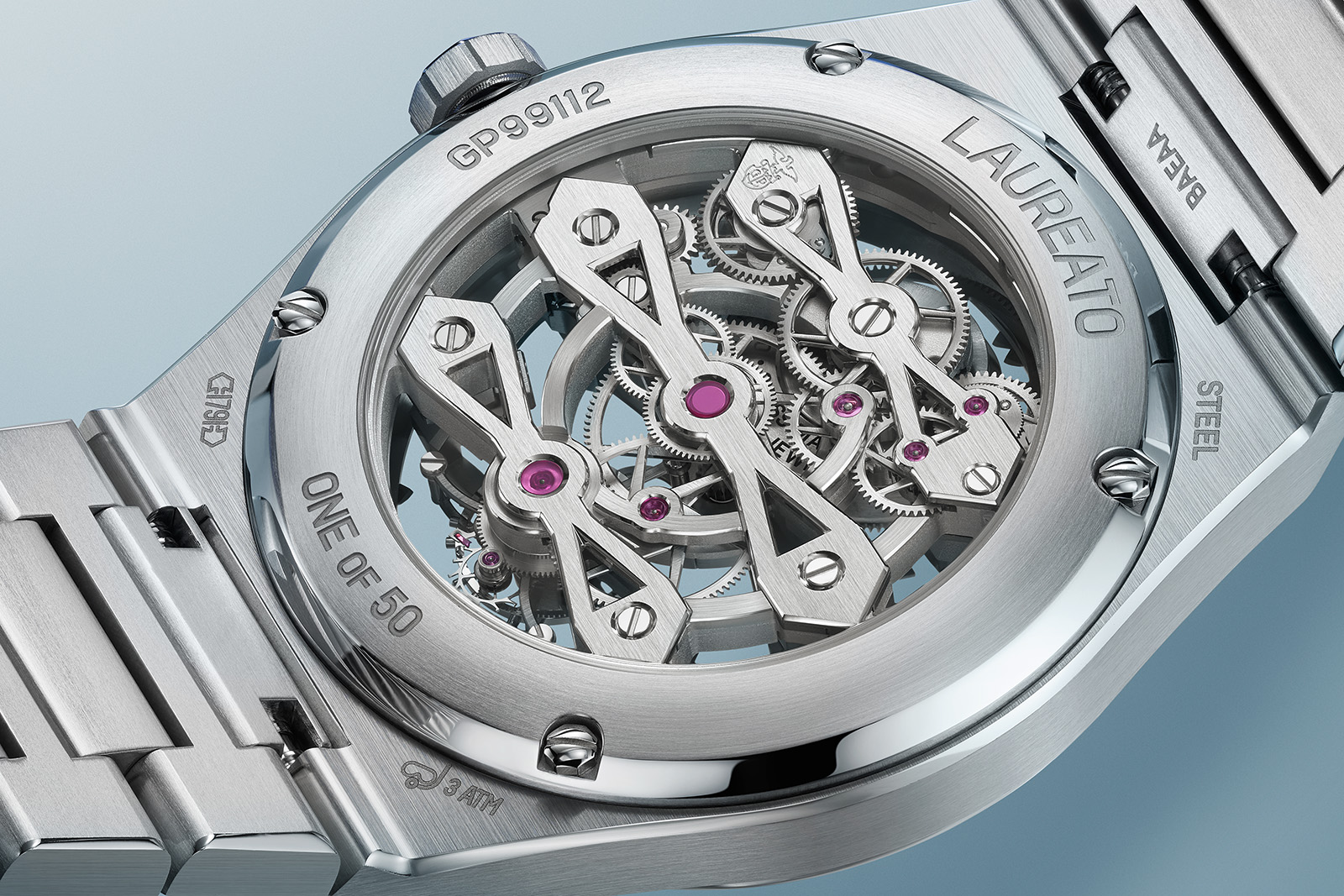
The backside of Cal. GP9620 mirrors the three bridges design found on the front.
The movement keeps true to its name since the large bridges are made from white gold, much like the bezel. Still, the movement is entirely monochromatic; the metallic panorama is only broken by the occasional purple jewel set inside the going train. The look is clearly meant to underline the historical models that served as inspiration while remaining in touch with modern aesthetic sensibilities.
Although the one-minute tourbillon offers some dynamism with its constant motion, the overwhelmingly single-tone palette seems a little bland — especially when compared to the steel-and-gold Laureato Fifty. That said, additional variations of the model will probably be launched in the future, so perhaps we’ll see the return of gold bridges at some point.
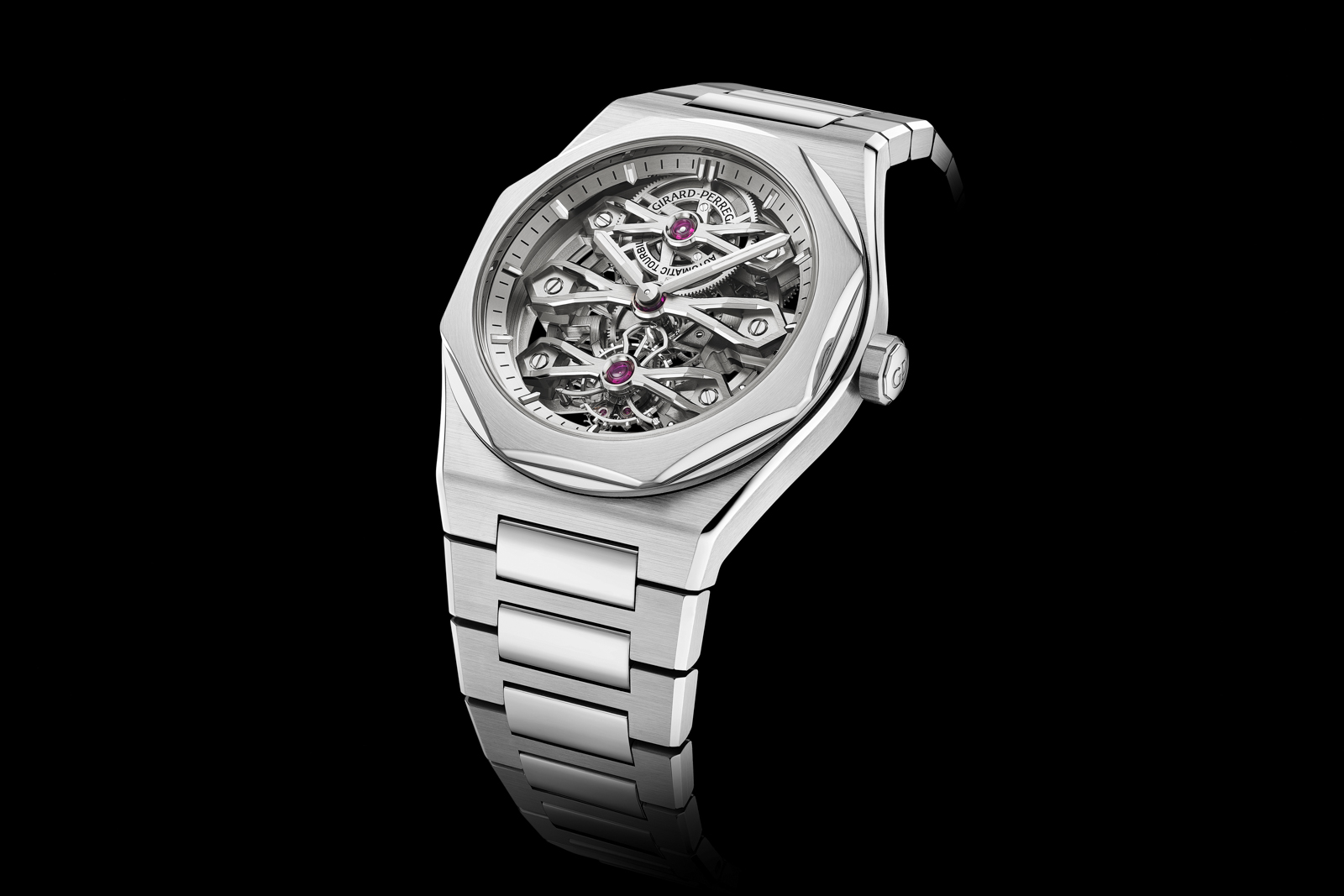
A metallic sight
One of GP’s most important models in commercial terms, the Laureato was an in-house design that was one of the first integrated bracelet sports watches, unveiled 50 years ago in 1975. The octagonal bezel, textured dial and integrated H-link bracelet remain core design elements of the model’s latest iteration, along with subtle nods to the gold bridges construction.
Like most versions of the three bridges, the open-worked architectural movement (not to be mistaken for a skeletonised movement) takes the place of a conventional dial. A diverse array of finishes, including mirror polish, brushing and straight graining, give the tableau some texture — but the lack of contrasting colours mean the visual impact of the finishing is subtle. Compared to the simpler Laureato models, which feature tonally-balanced gold, silver, and blue tones, this tourbillon edition is comparatively minimalistic.
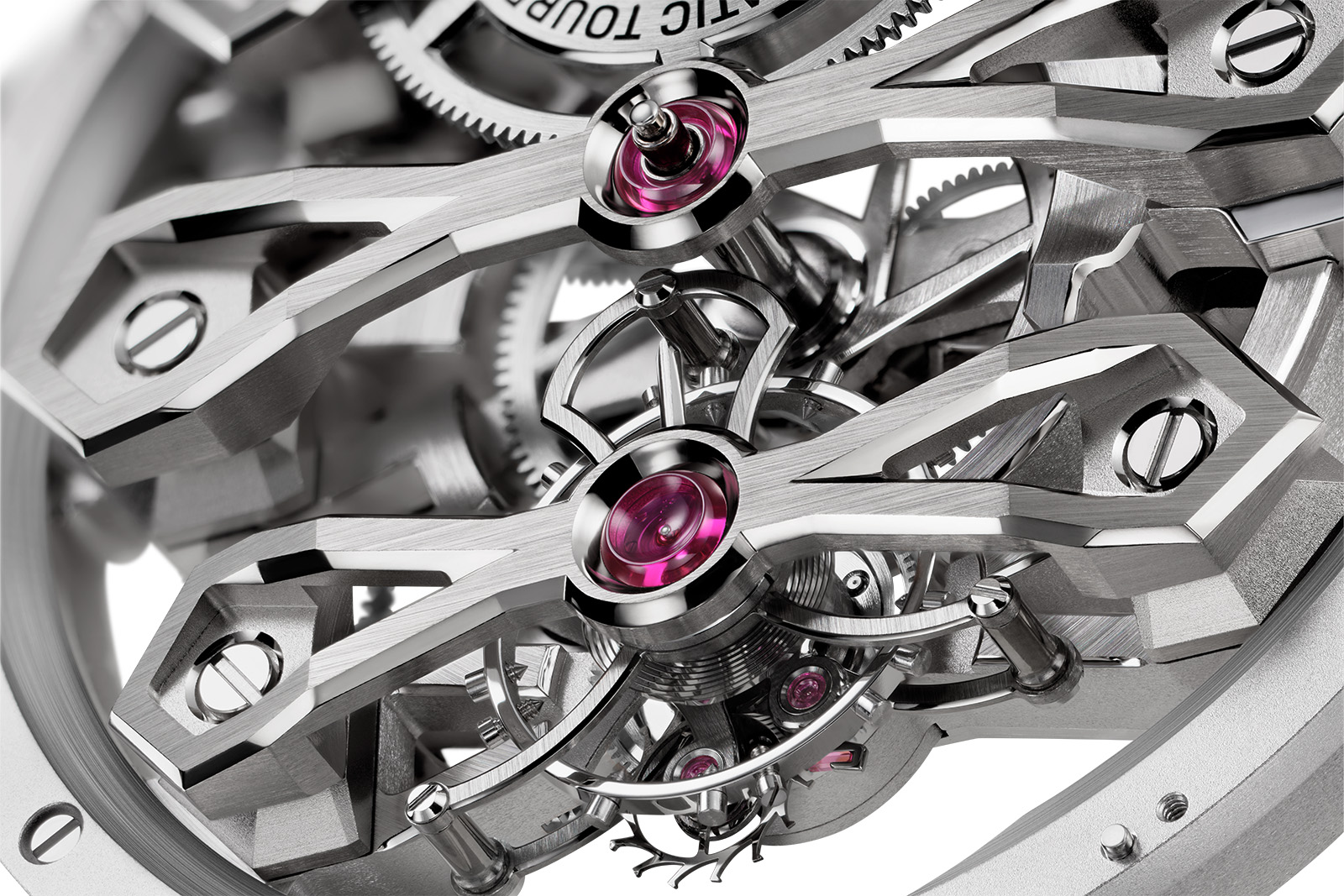
The casework is typical of the Laureato, featuring both brushed and polished surfaces, with the octagonal bezel defining the look. The case has a 41 mm diameter and is crafted from stainless steel, with the exception of the white gold bezel. The case body is finely brushed, with a thick polished bevel running from case to bracelet, which features polished centre links.
The case is just 10.85 mm thick, which makes it thinner than many simple time-only sport watches. That GP can produce an automatic tourbillon calibre that looks this good in this size is remarkable. That said, the case is only water resistant to 30 m. Though likely adequate for real-world usage, the minimal water resistance rating is slightly at odds with the Laureato’s sporty intent.
An updated movement
Powering this anniversary piece is the GP9620, a modern-looking automatic tourbillon movement derived from past GP movements. Although the finishing has been improved, the base architecture, including the tourbillon architecture, going train layout and automatic winding, should look familiar to enthusiasts of the brand.
Stylistically, the movement is intentionally monochromatic, with bridges, gears and screws sharing the same silvery colour. The only colourful break is provided by the purple jewels set in each of the not-so-gold bridges.
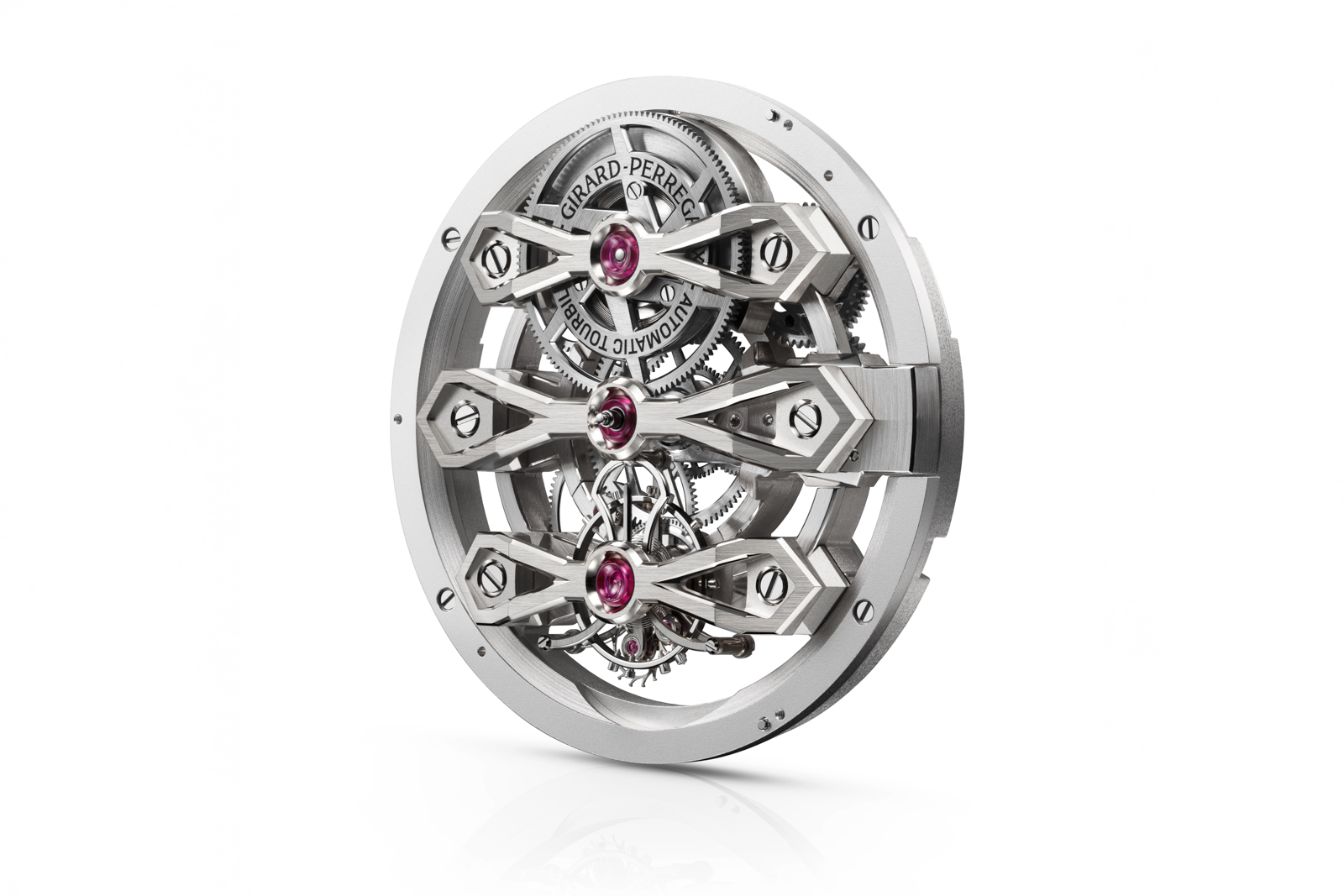
Today’s fine watchmaking landscape puts a major emphasis on finishing, and GP claims the GP9620 features 418 polished angles — 362 of which are inward angles. Looking at the movement, the claim appears true, since all the visible components feature sharp, well-finished angles. Overall, the crisply faceted angular architecture suits the contemporary, technical aesthetic of the watch.

The iconic three-bridges design is integral to the movement architecture, with one bridge supporting the barrel and automatic winding works, the second securing the time-telling gear train, and the third carrying the one-minute tourbillon.
The mainspring barrel sits on the same axis as the platinum micro-rotor, while the winding system encircles the barrel, leaving almost no trace of its presence. This layout remains aesthetically faithful to the original Three Gold Bridges pocket watch movement, which featured a single large hand-wound barrel at the 12 o’clock position.
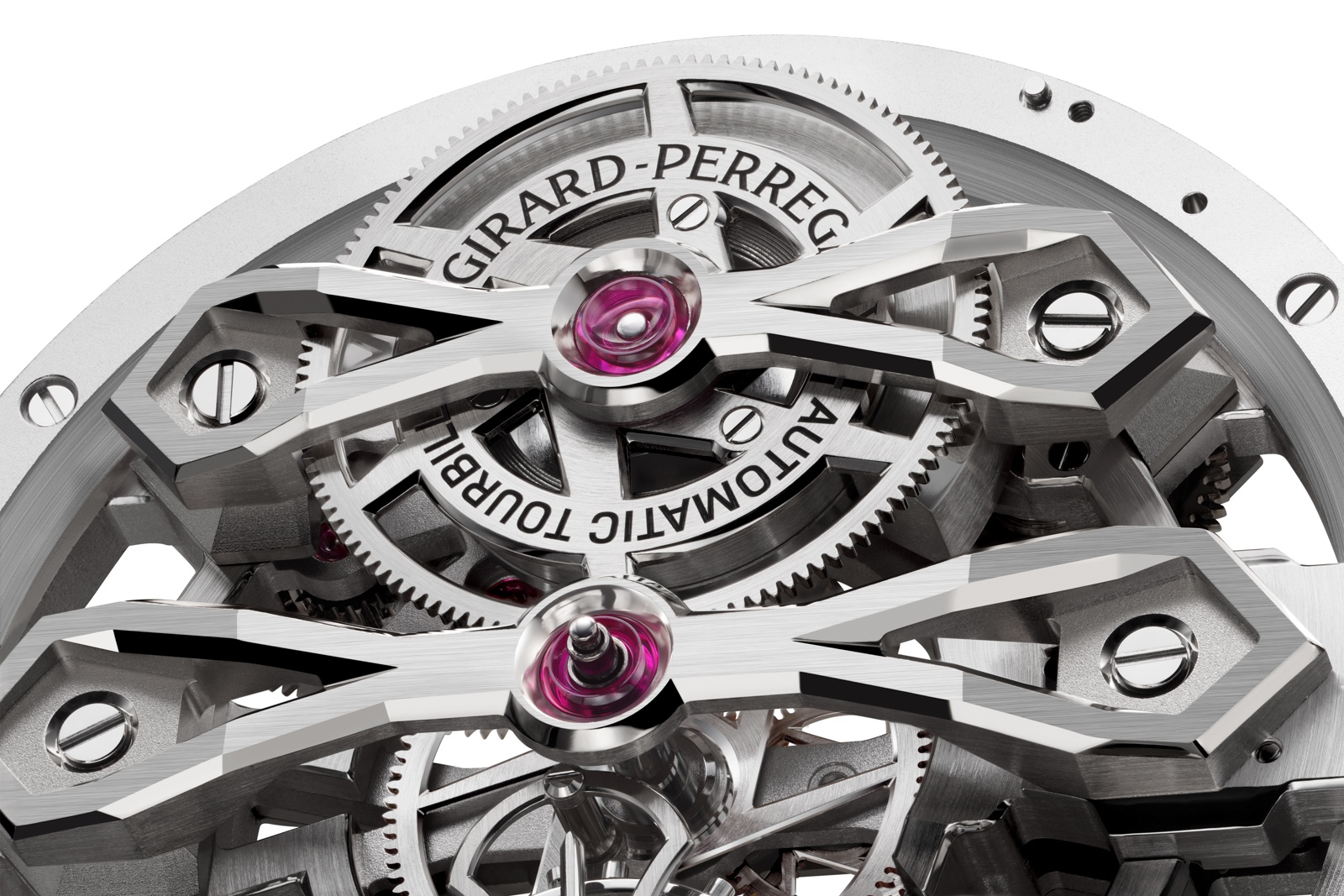
The tourbillon is executed in classic Girard-Perregaux fashion with a long index regulator, weighted balance, and slim cage. The balance beats at 3 Hz, and the movement delivers about 55 hours of power reserve. Interestingly, the escapement jewels are set into silver-coloured chatons so subtle they could easily be missed.
A precious version
Girard-Perregaux is also offering a gem-set version of this anniversary watch, featuring diamonds on the eight-sided bezel. Set with 32 baguette-cut stones, the jewelled edition of the Three Gold Bridges Tourbillon is not a limited edition per se, though it will almost certainly be produced in small quantities since the market for such watches is relatively small.
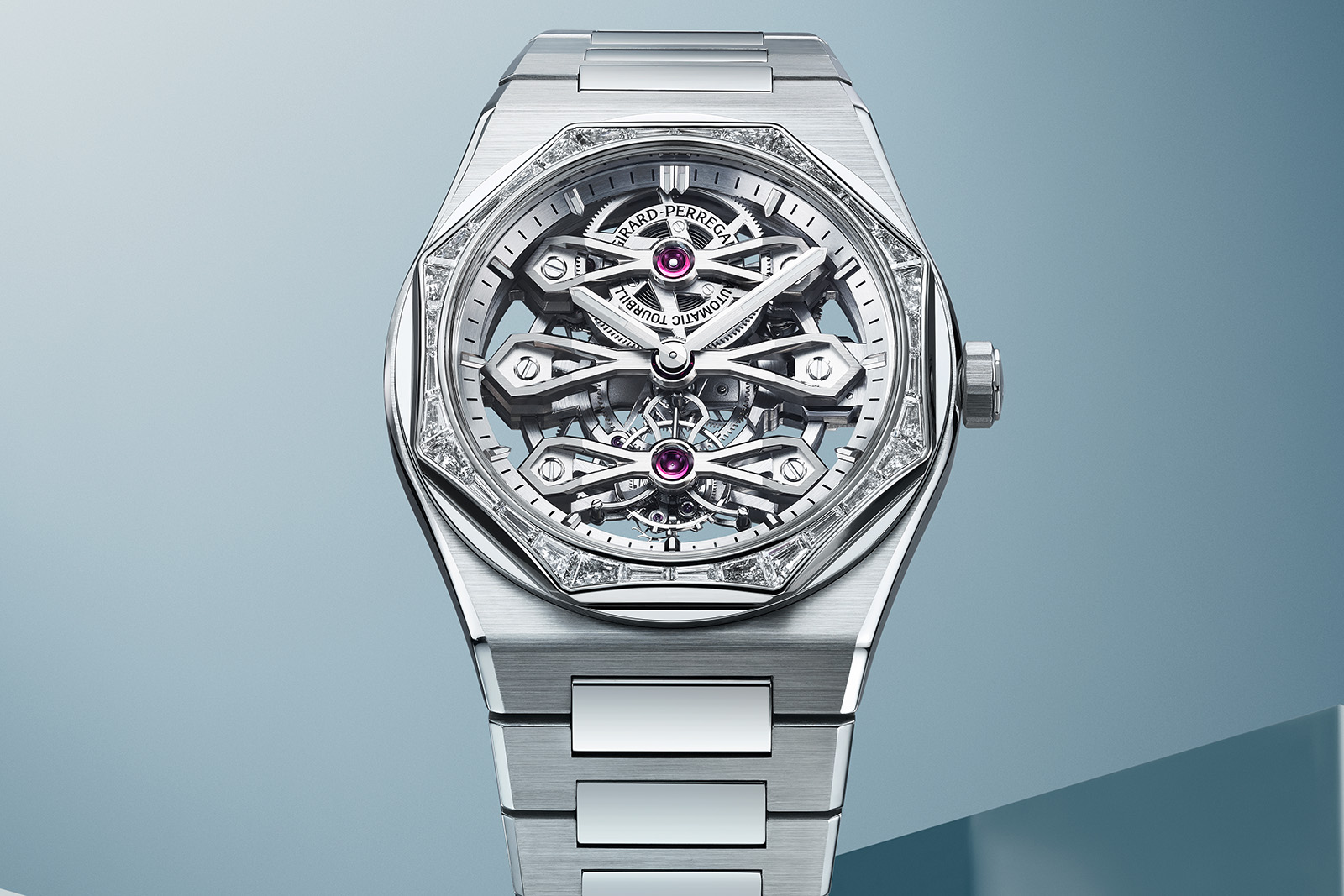
Key facts and price
Girard-Perregaux Laureato Three Gold Bridges
Ref. 99112-58-3576-1CM (white gold bezel)
Ref. 99112-58S3451-1CM (diamond-set bezel)
Diameter: 41 mm
Height: 10.85 mm
Material: Stainless steel and white gold bezel
Crystal: Sapphire
Water resistance: 30 m
Movement: GP9620
Functions: Hours, minutes, small seconds
Winding: Automatic
Frequency: 21,600 beats per hour (3 Hz)
Power reserve: 55 hours
Strap: Stainless steel bracelet with folding clasp
Limited edition: Yes, 50 pieces for the regular version, not limited for the gem-set version
Availability: At GP retailers and boutiques
Price: CHF162,000 (white gold bezel) or CHF219,000 (diamond bezel) excluding taxes
For more information, visit Girard-perregaux.com.
Back to top.


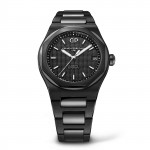
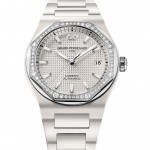



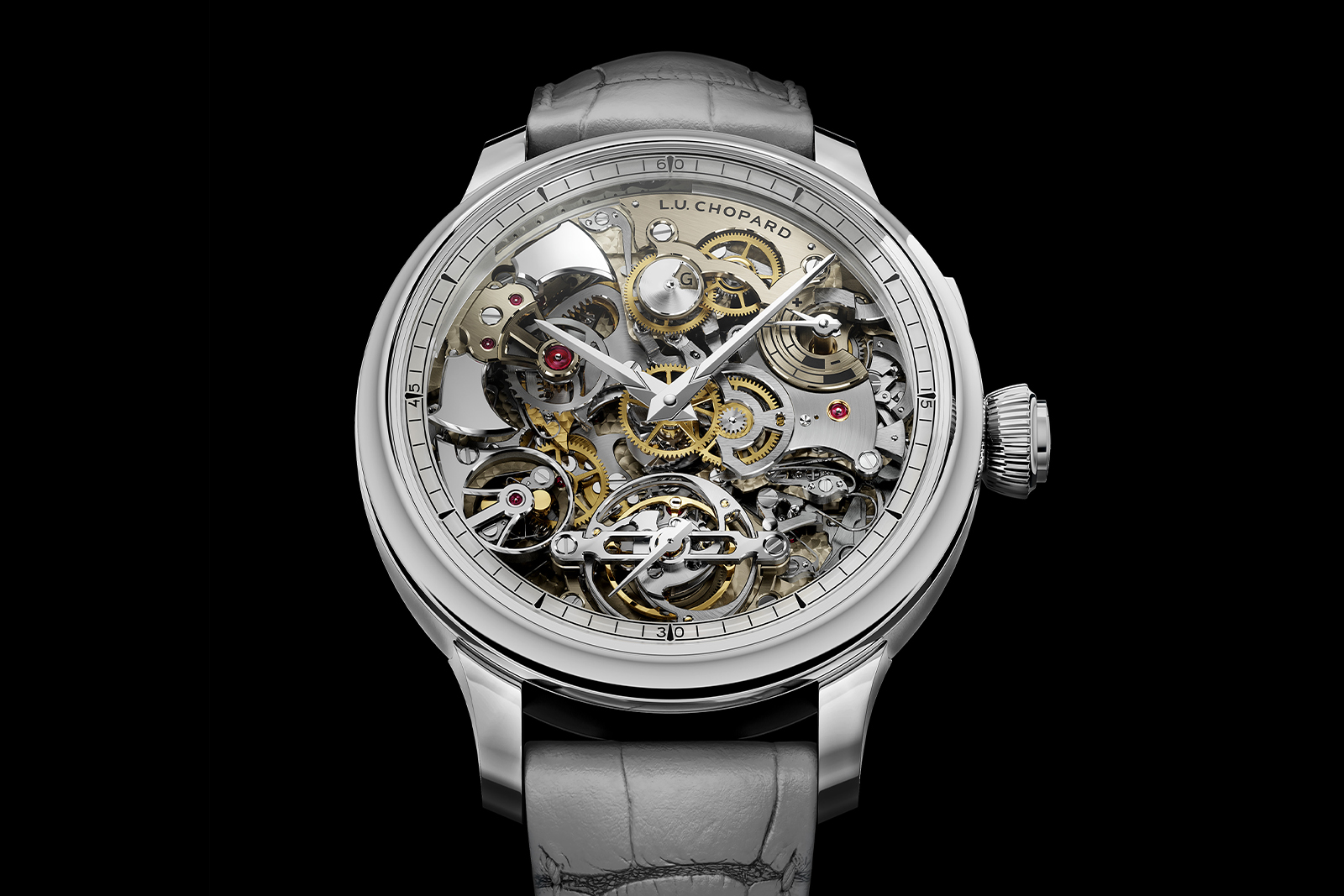
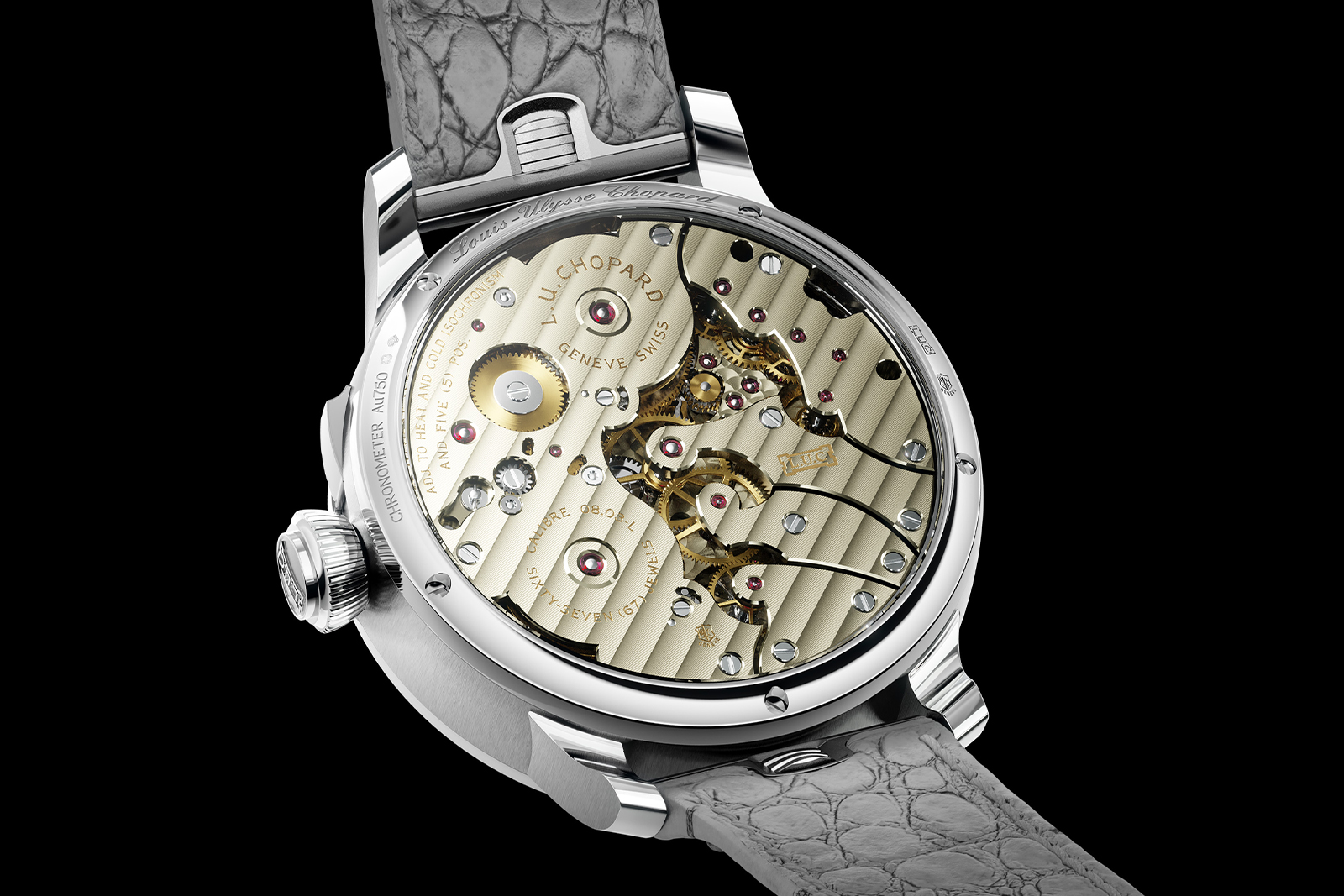

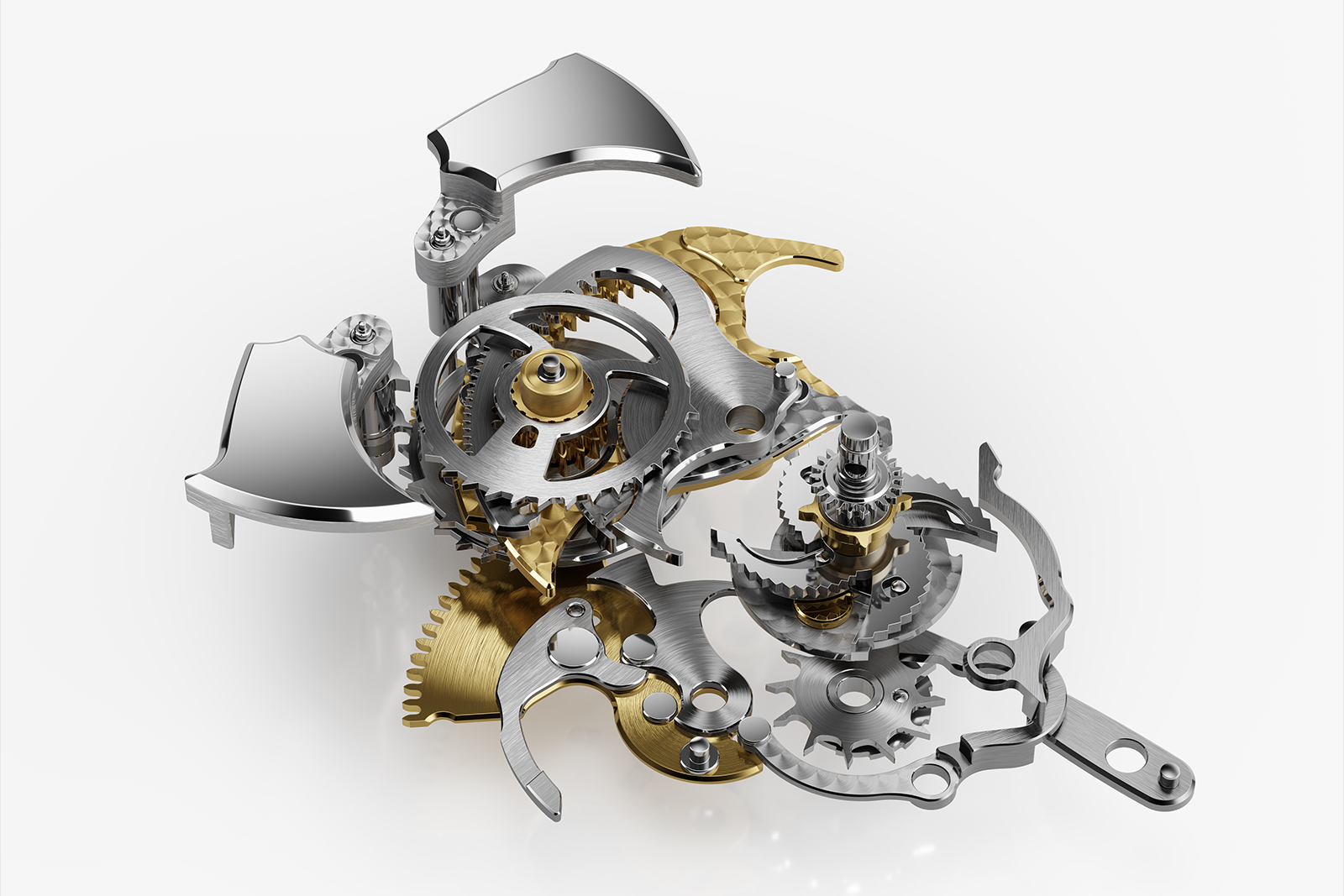
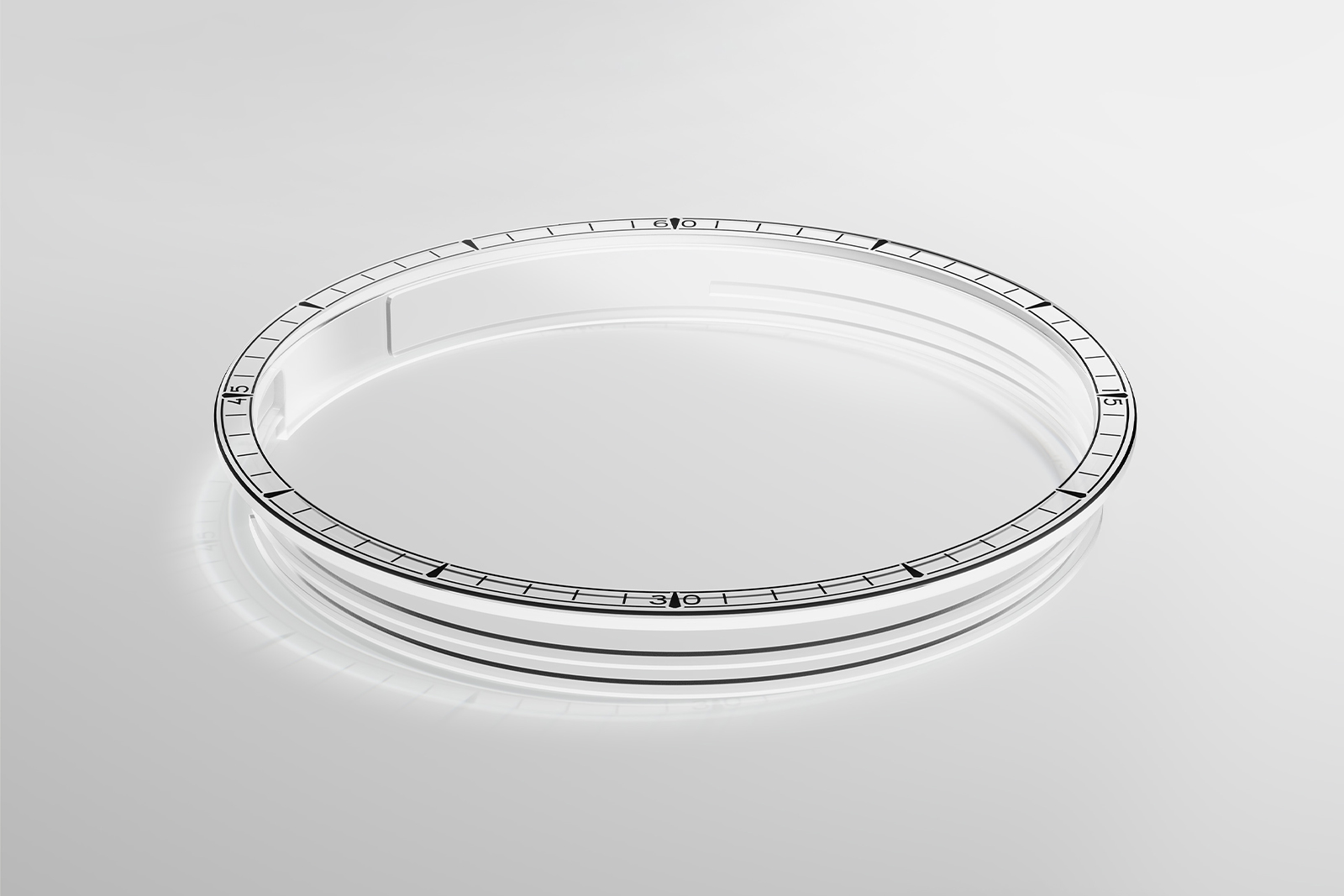
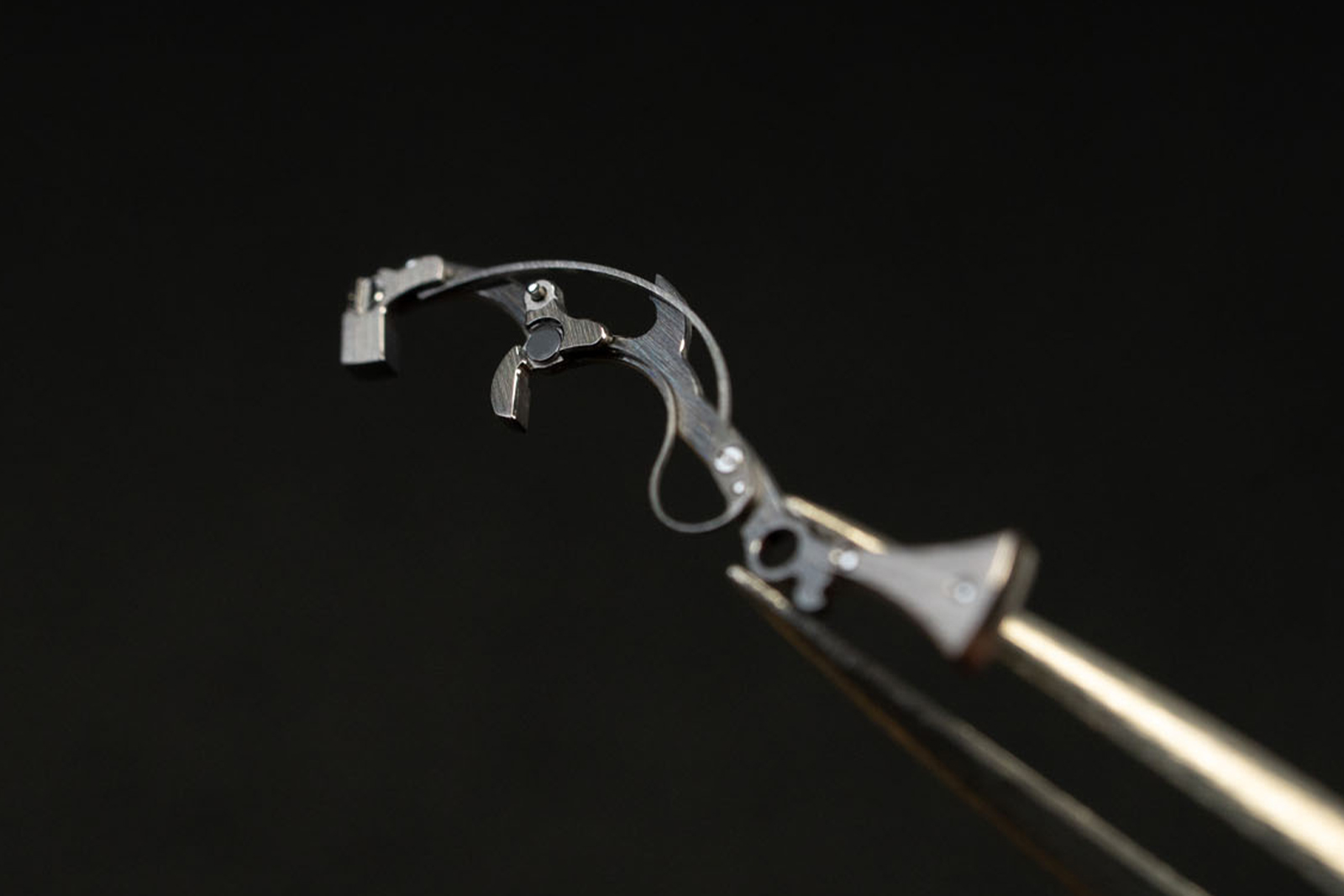
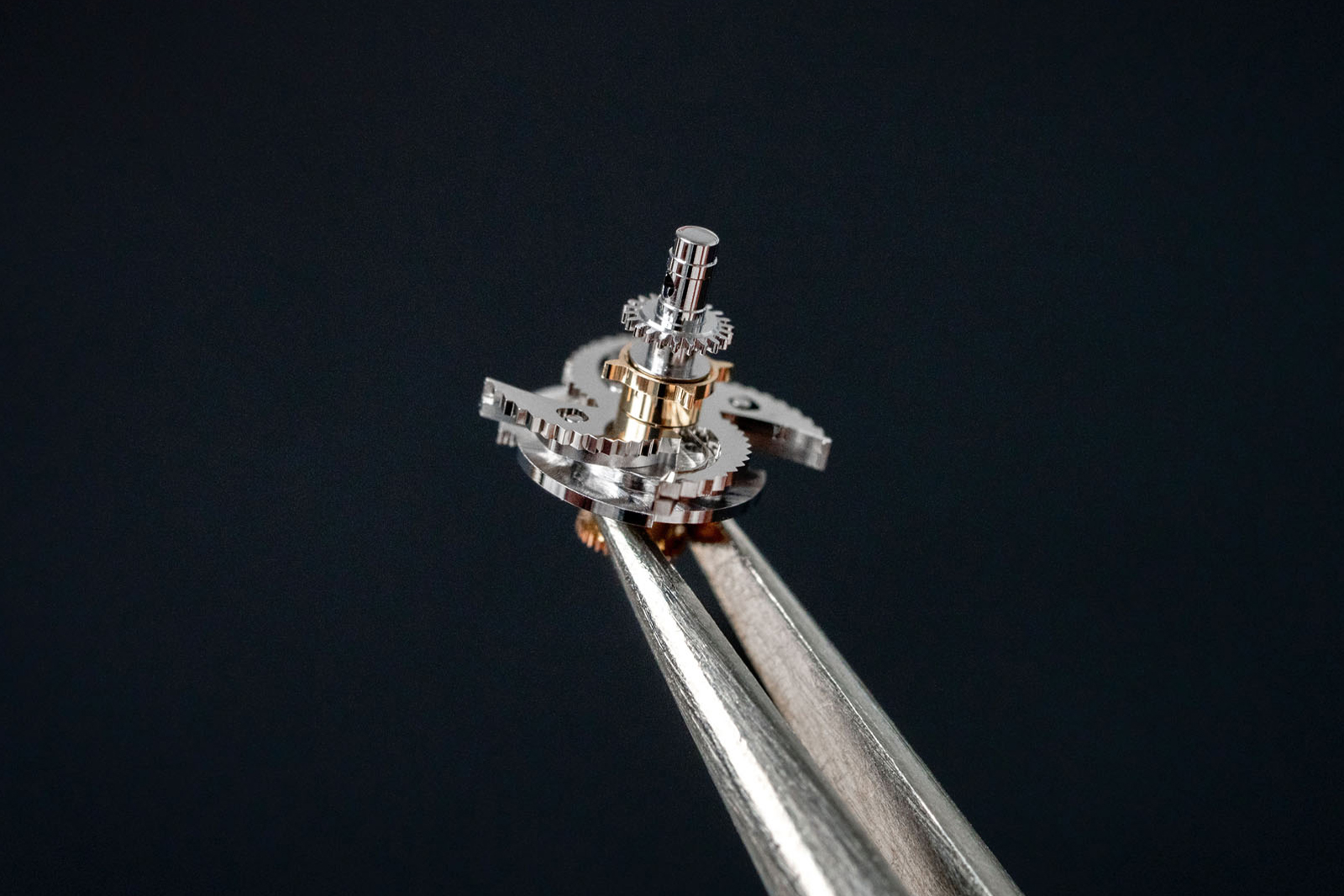

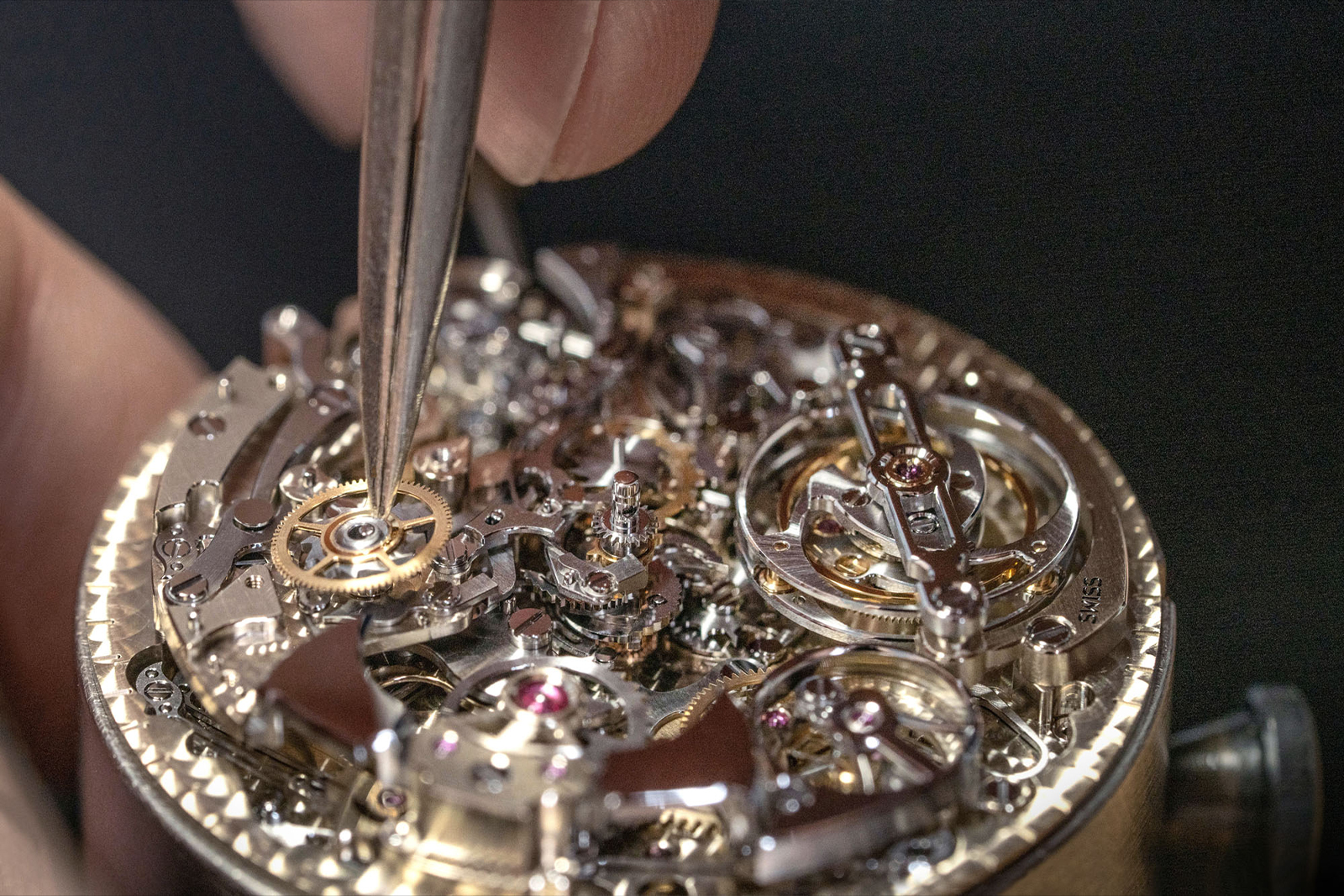
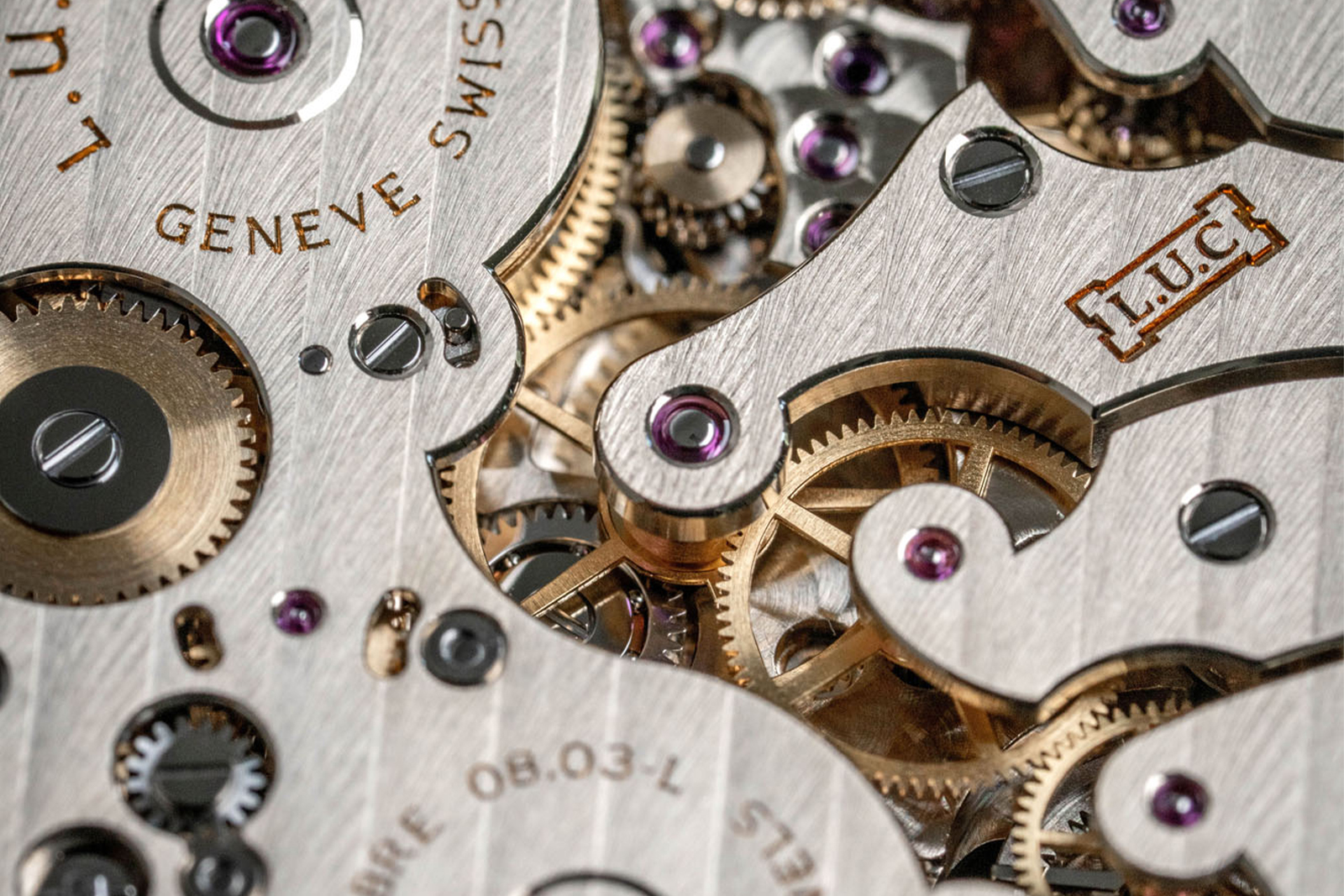
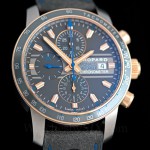
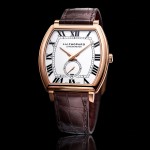
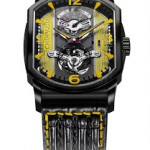

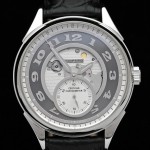

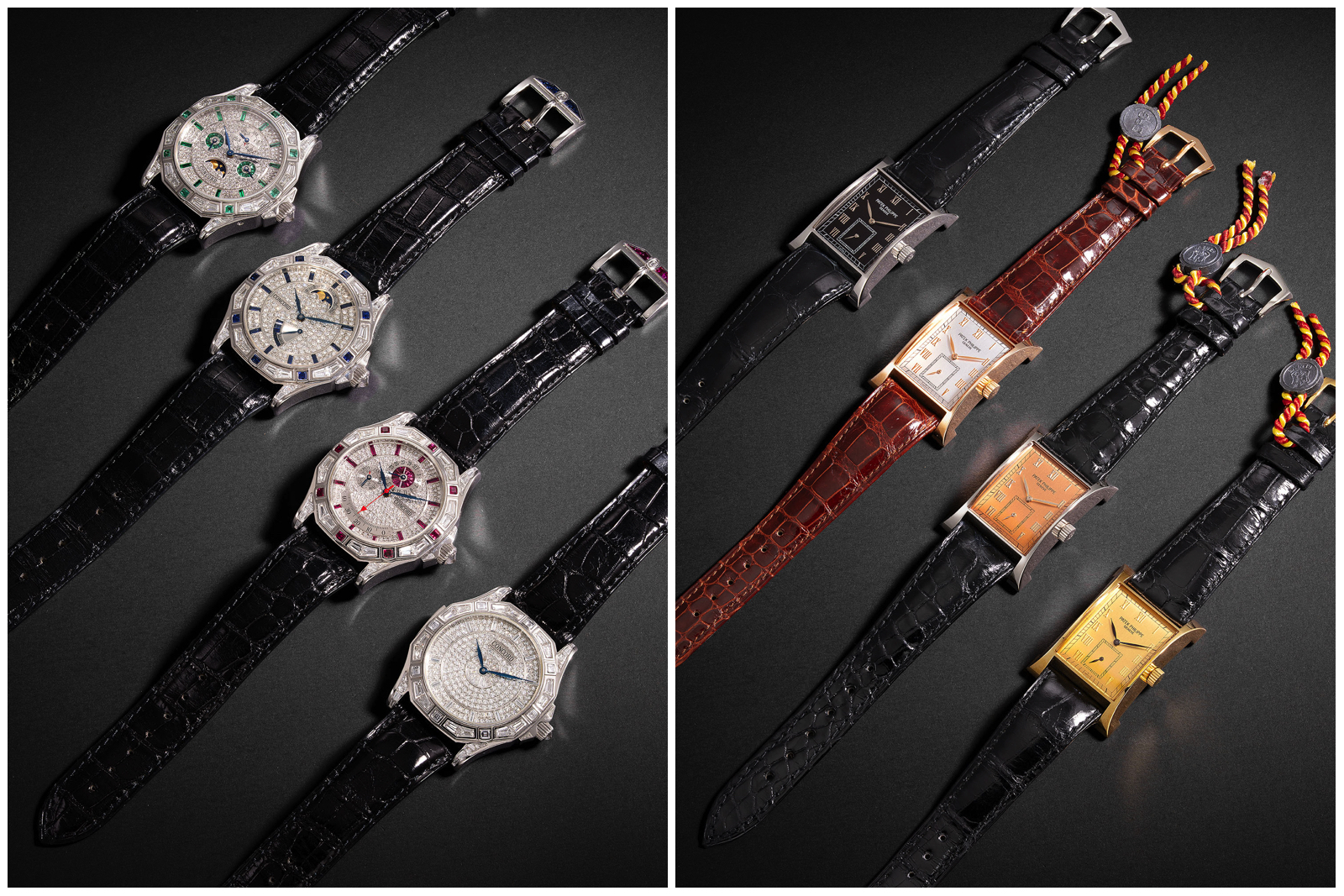

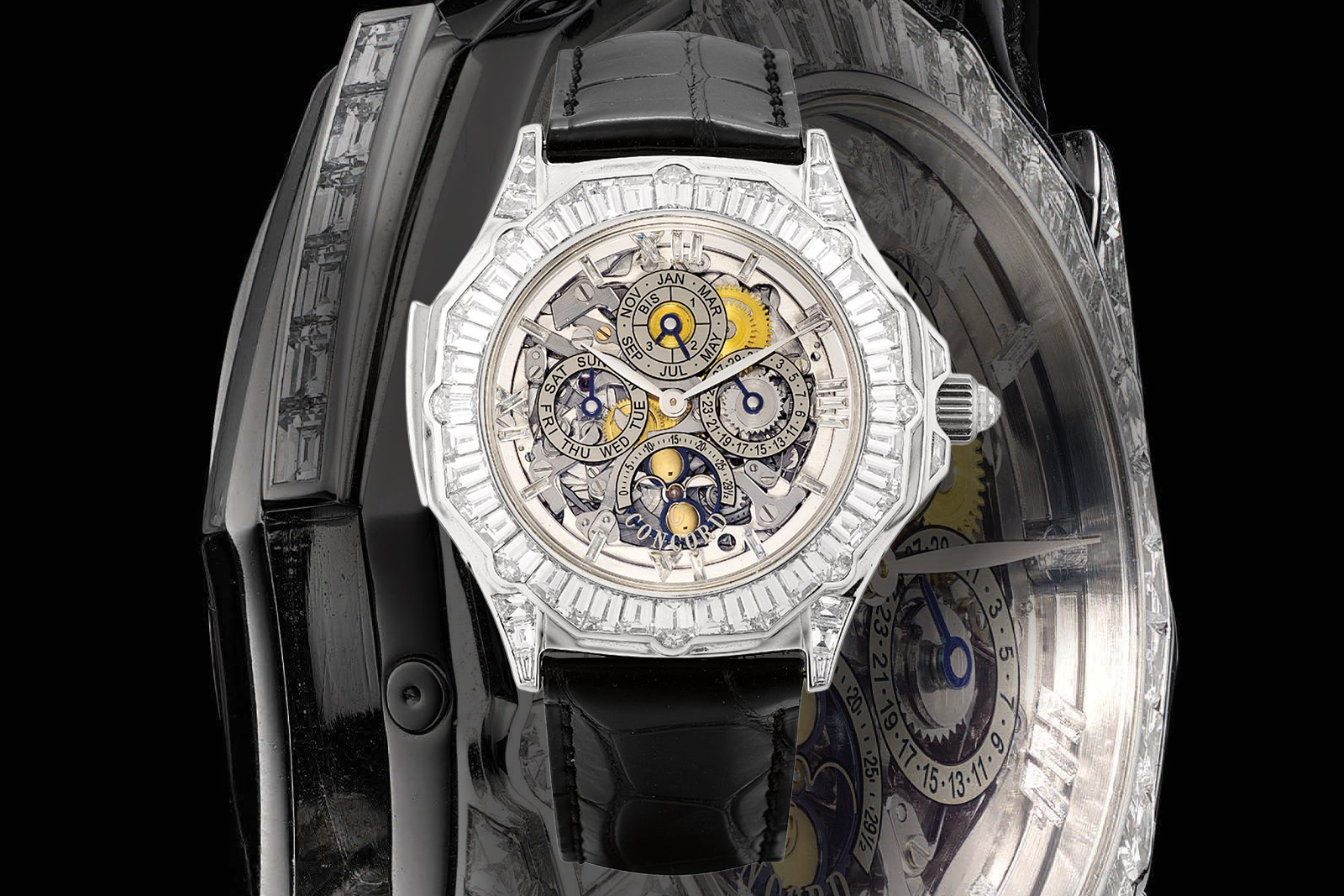
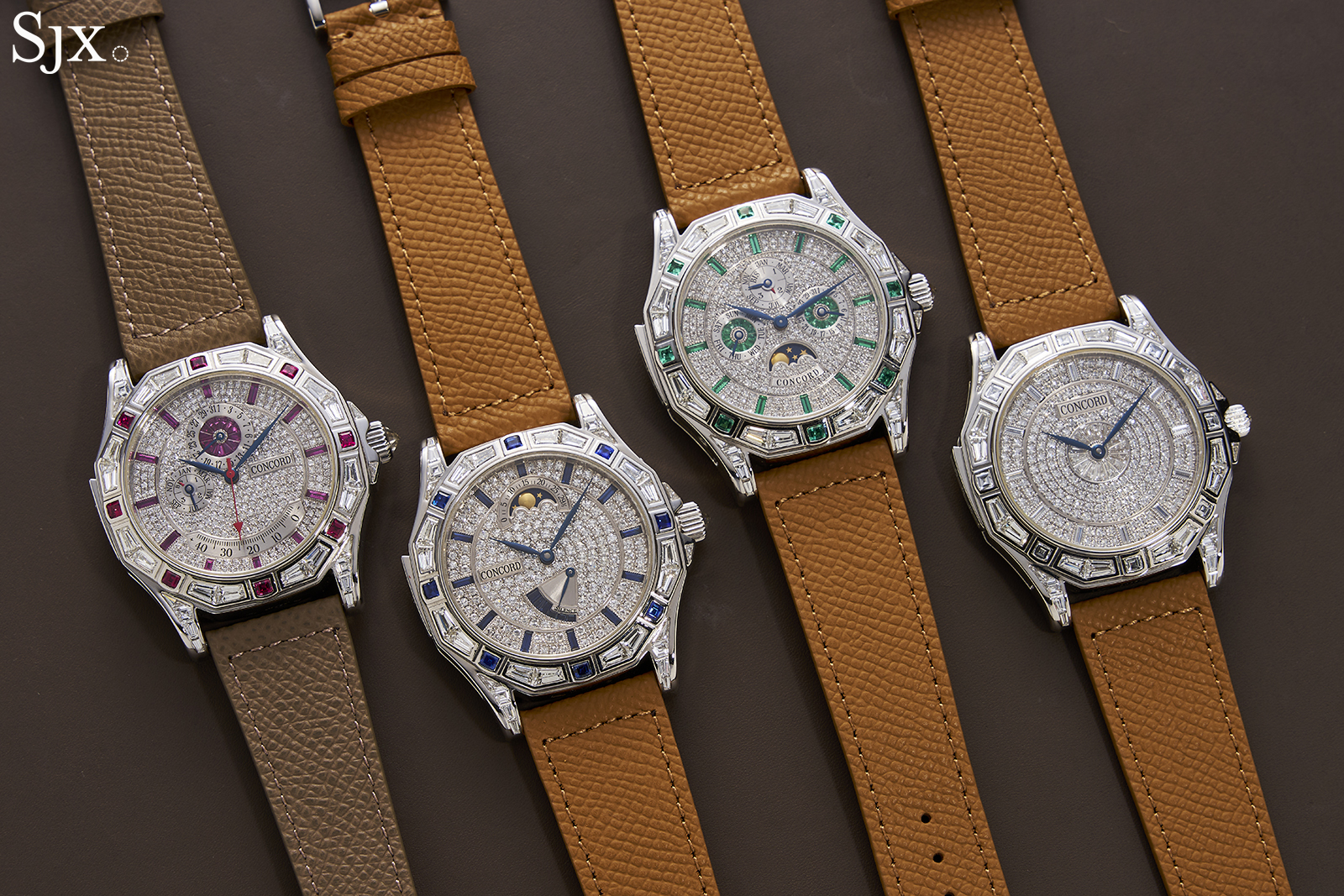
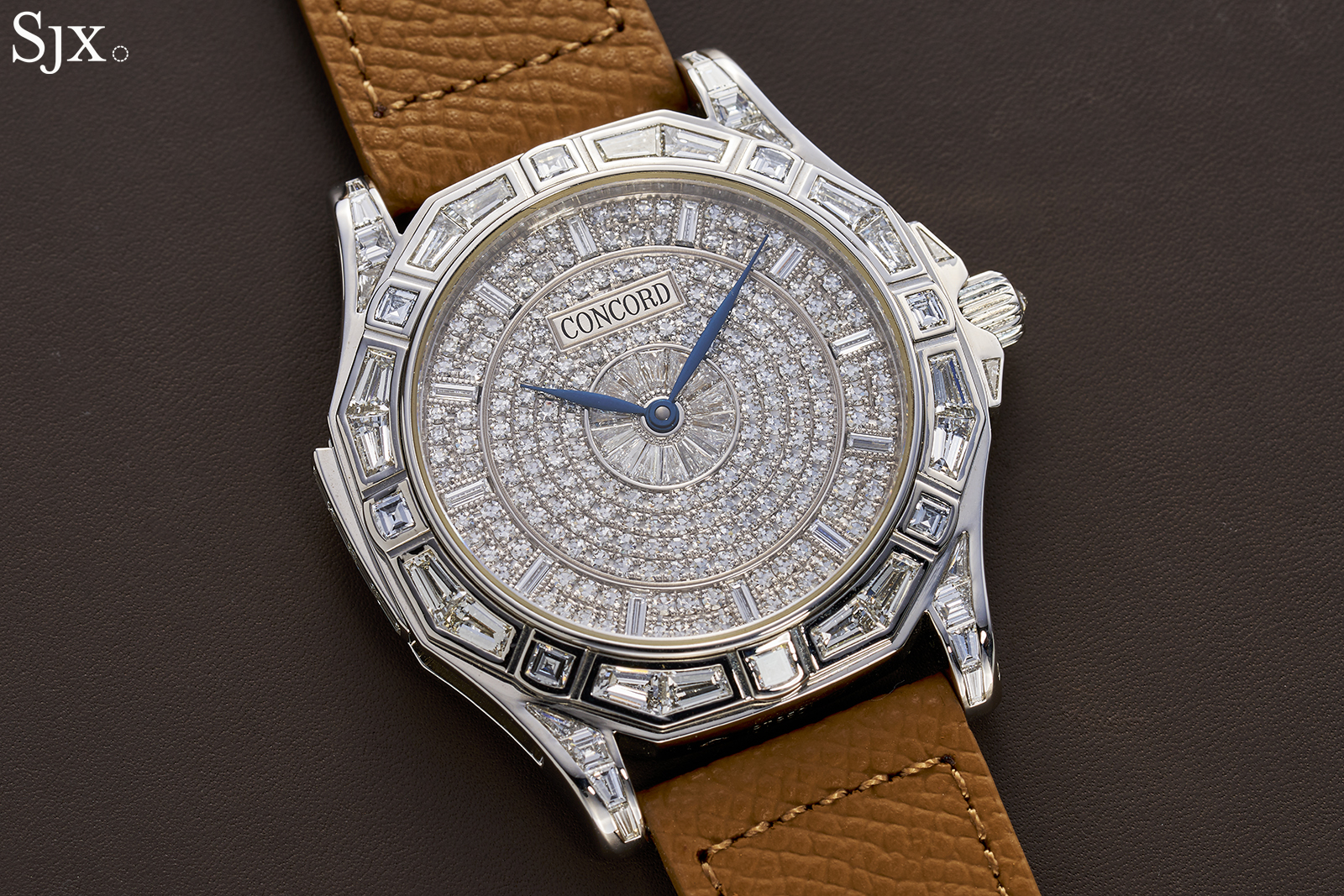
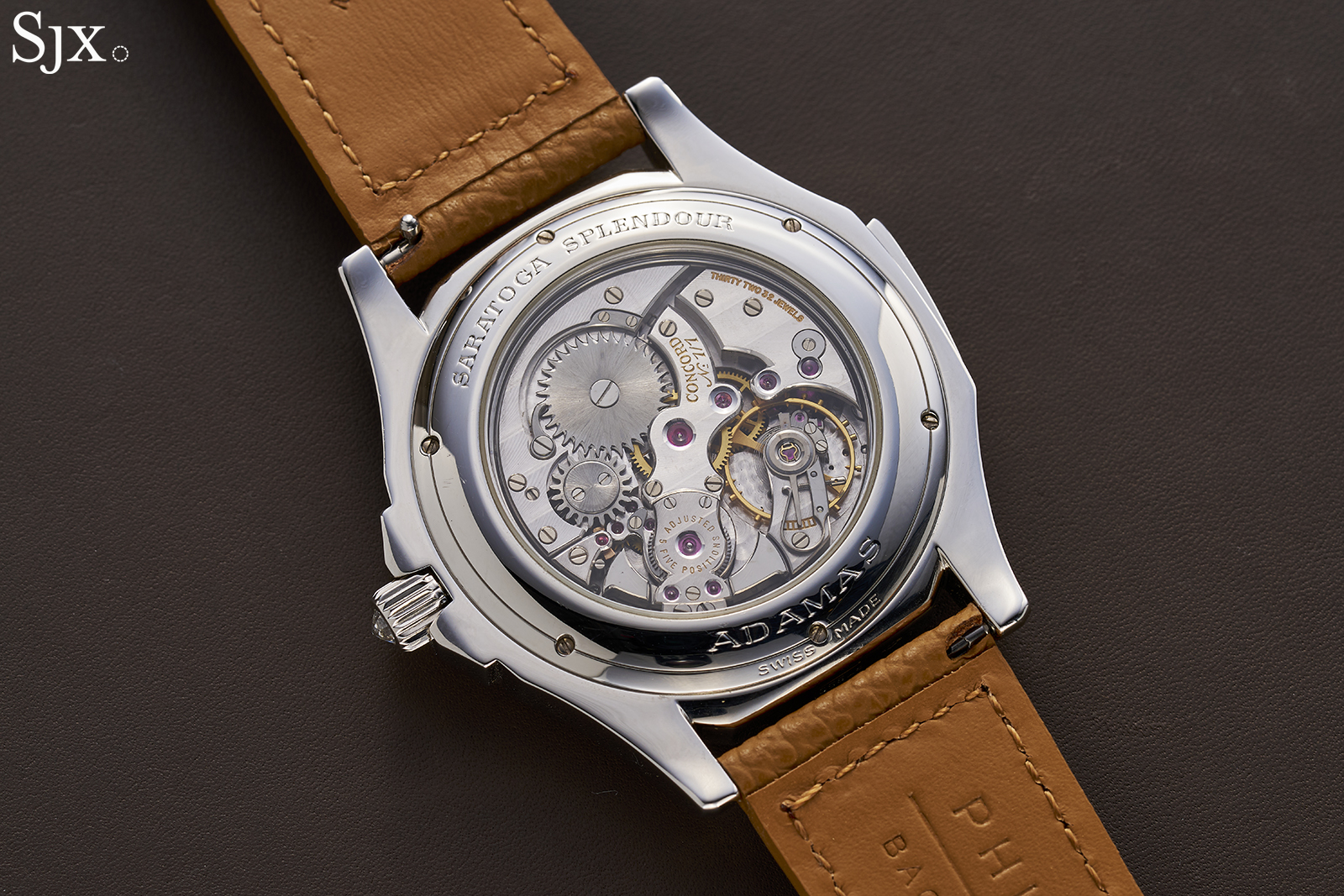
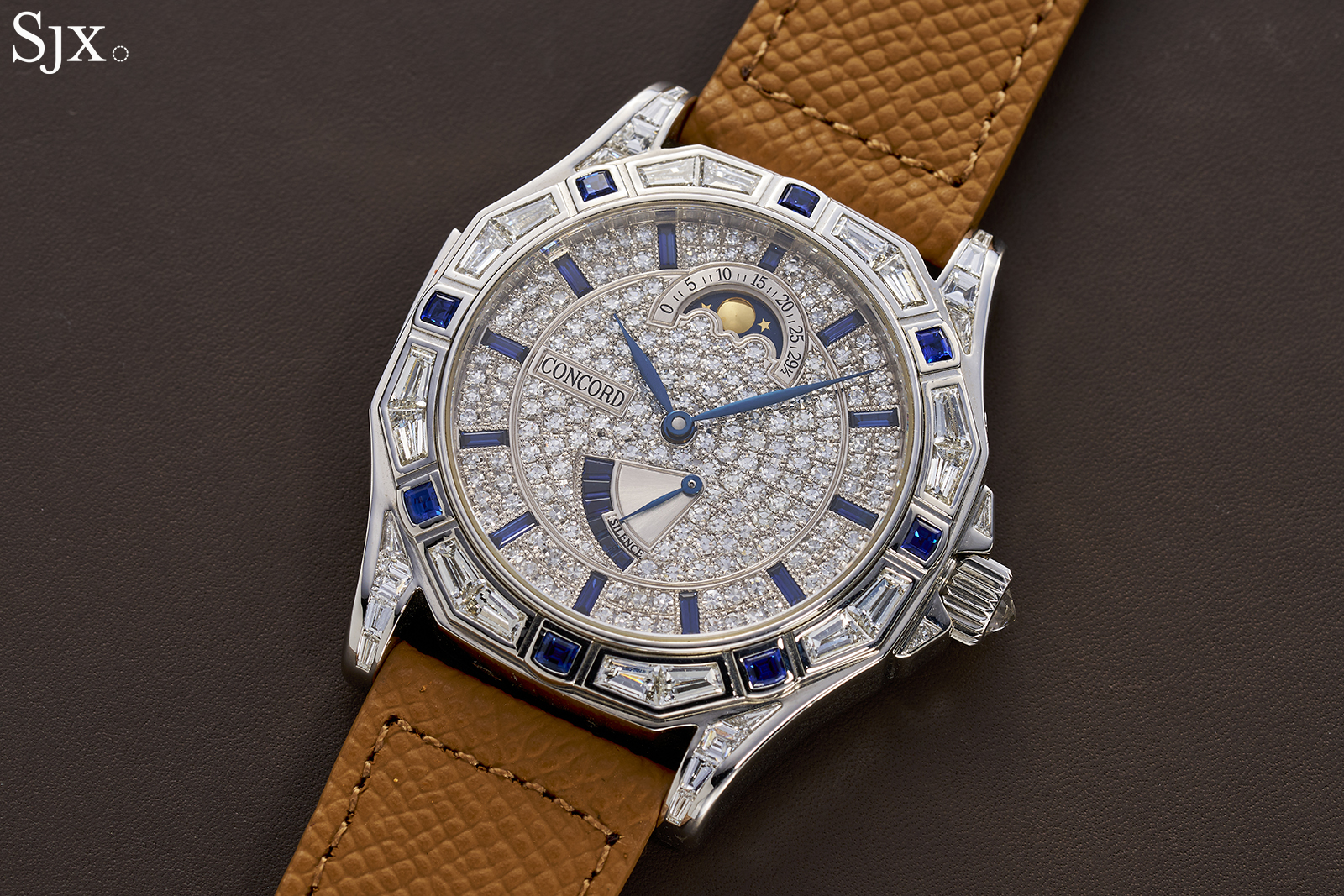
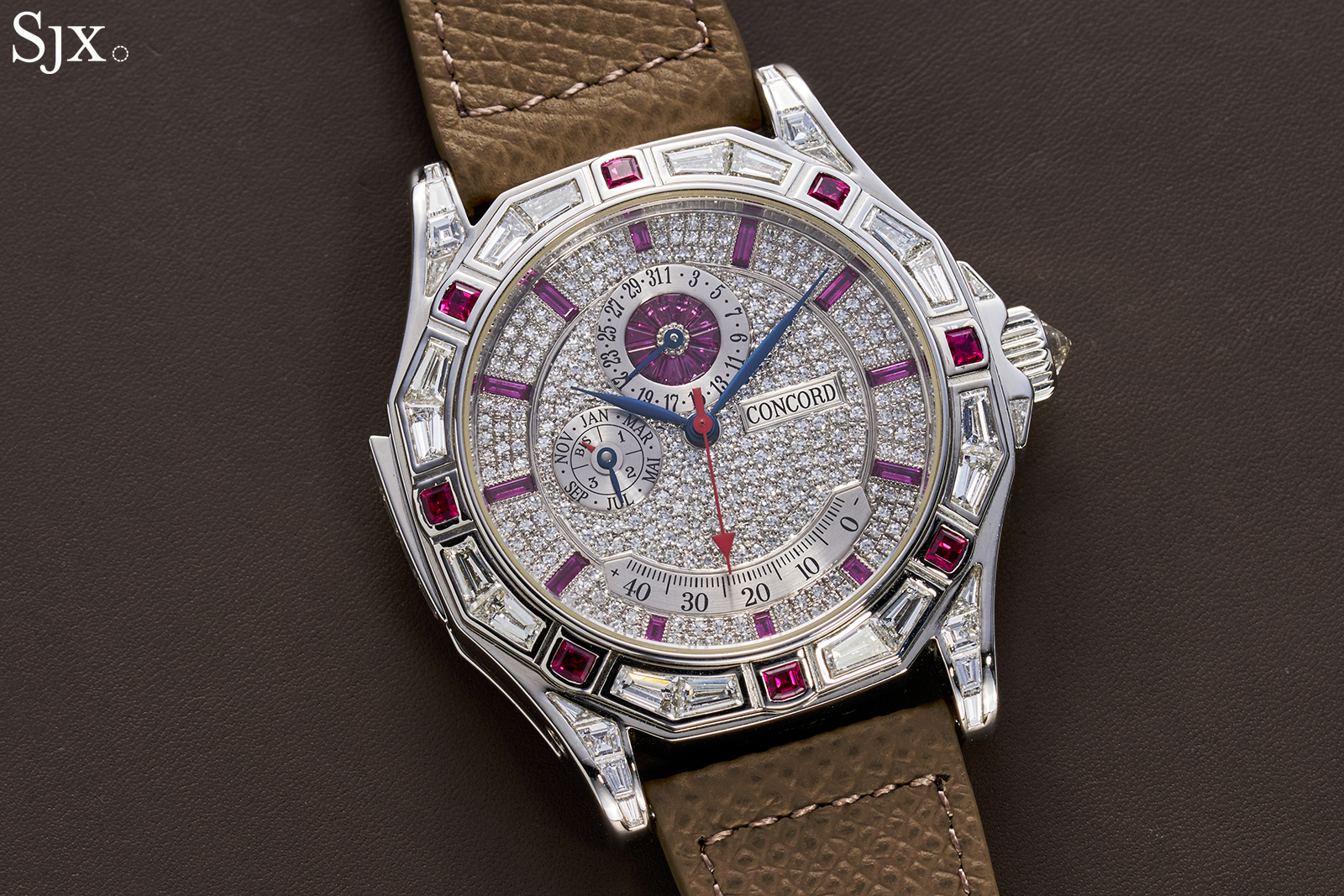

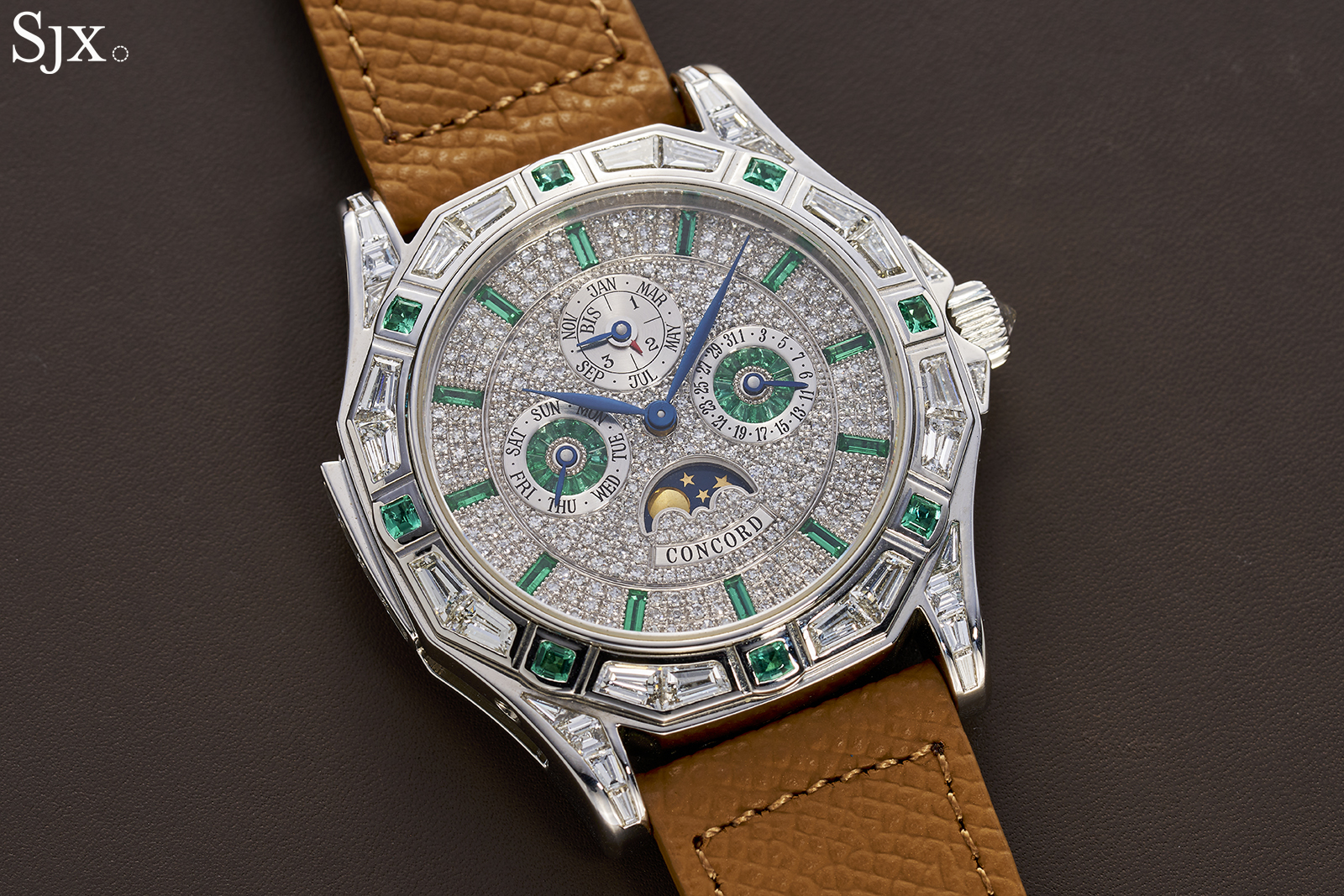
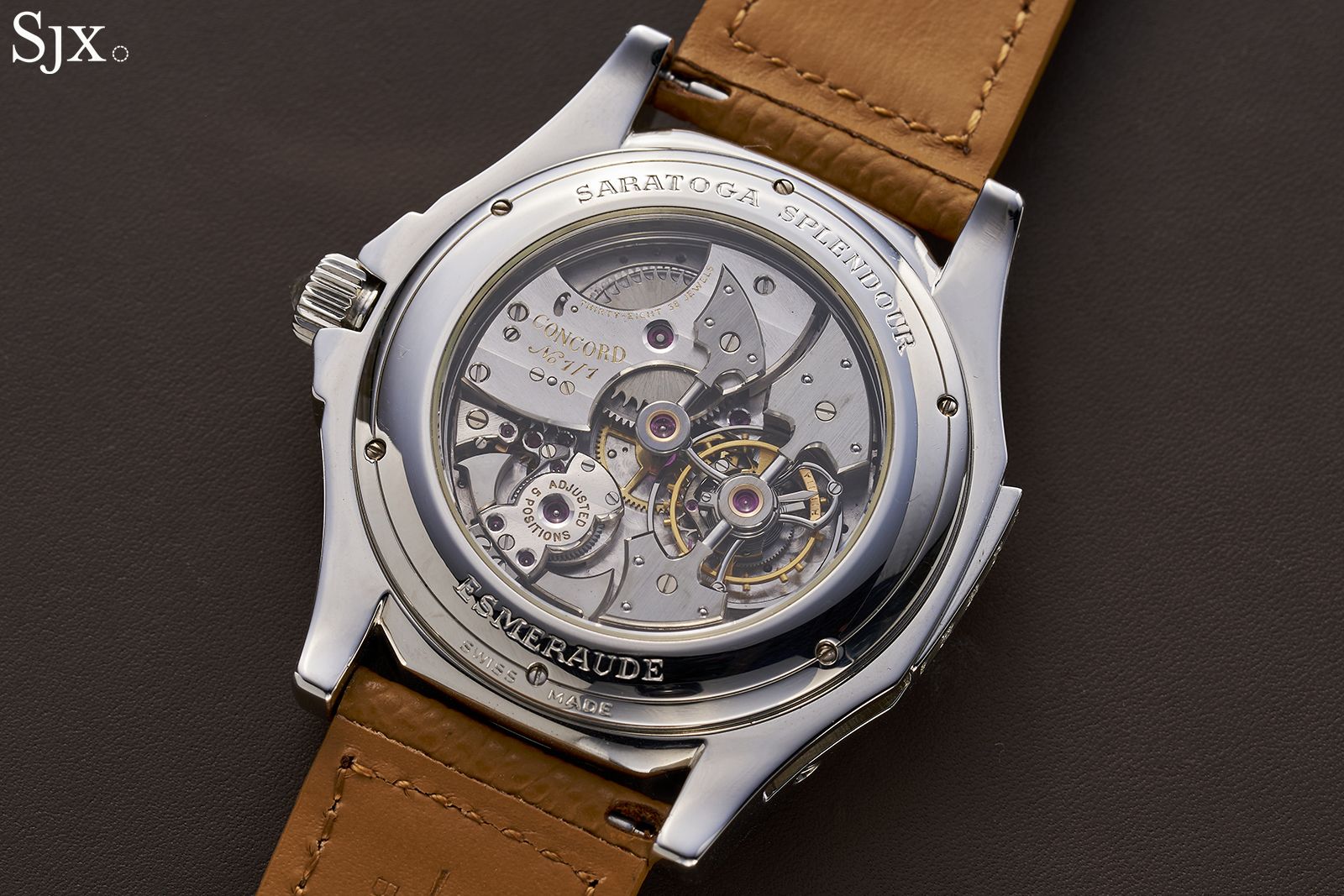
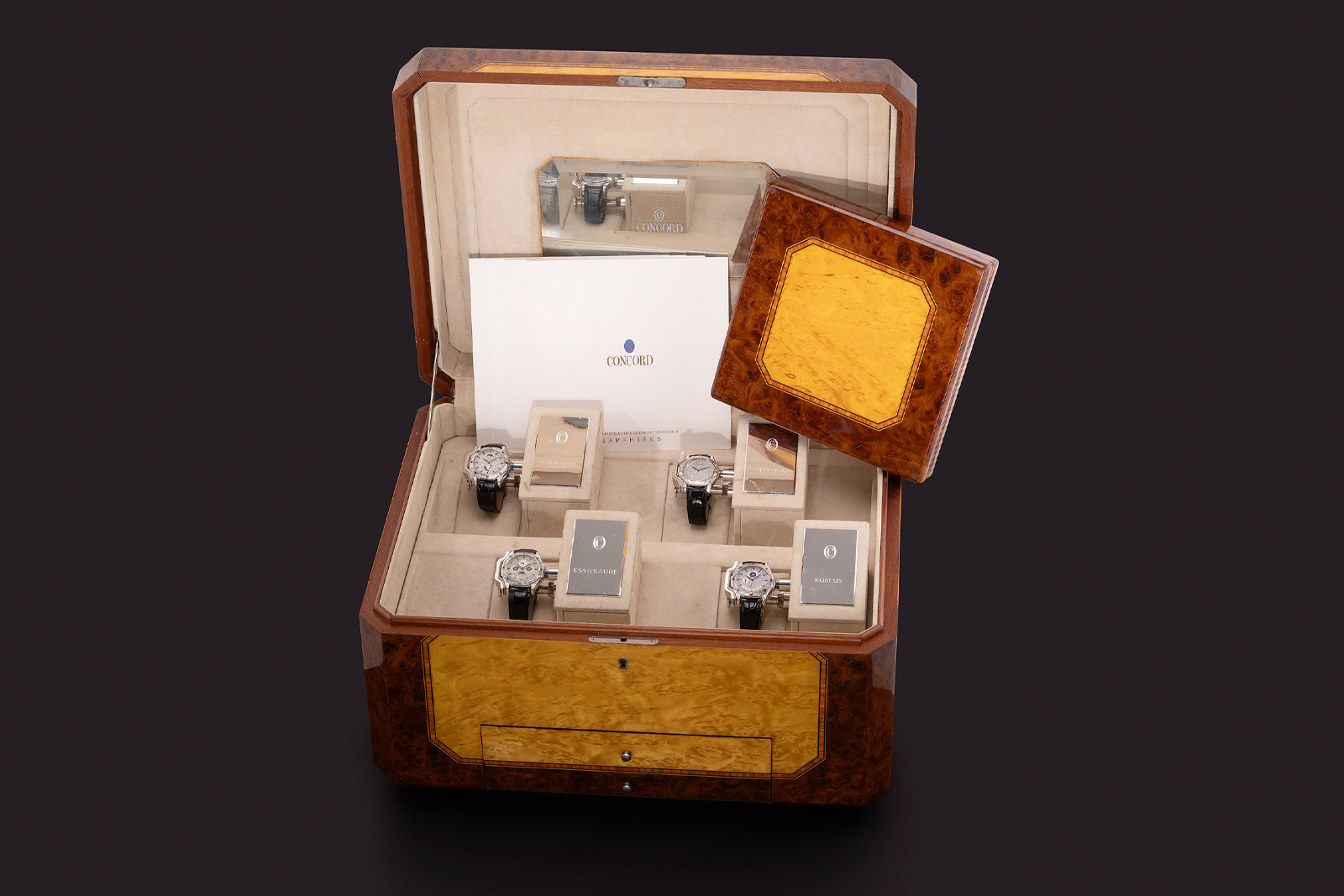
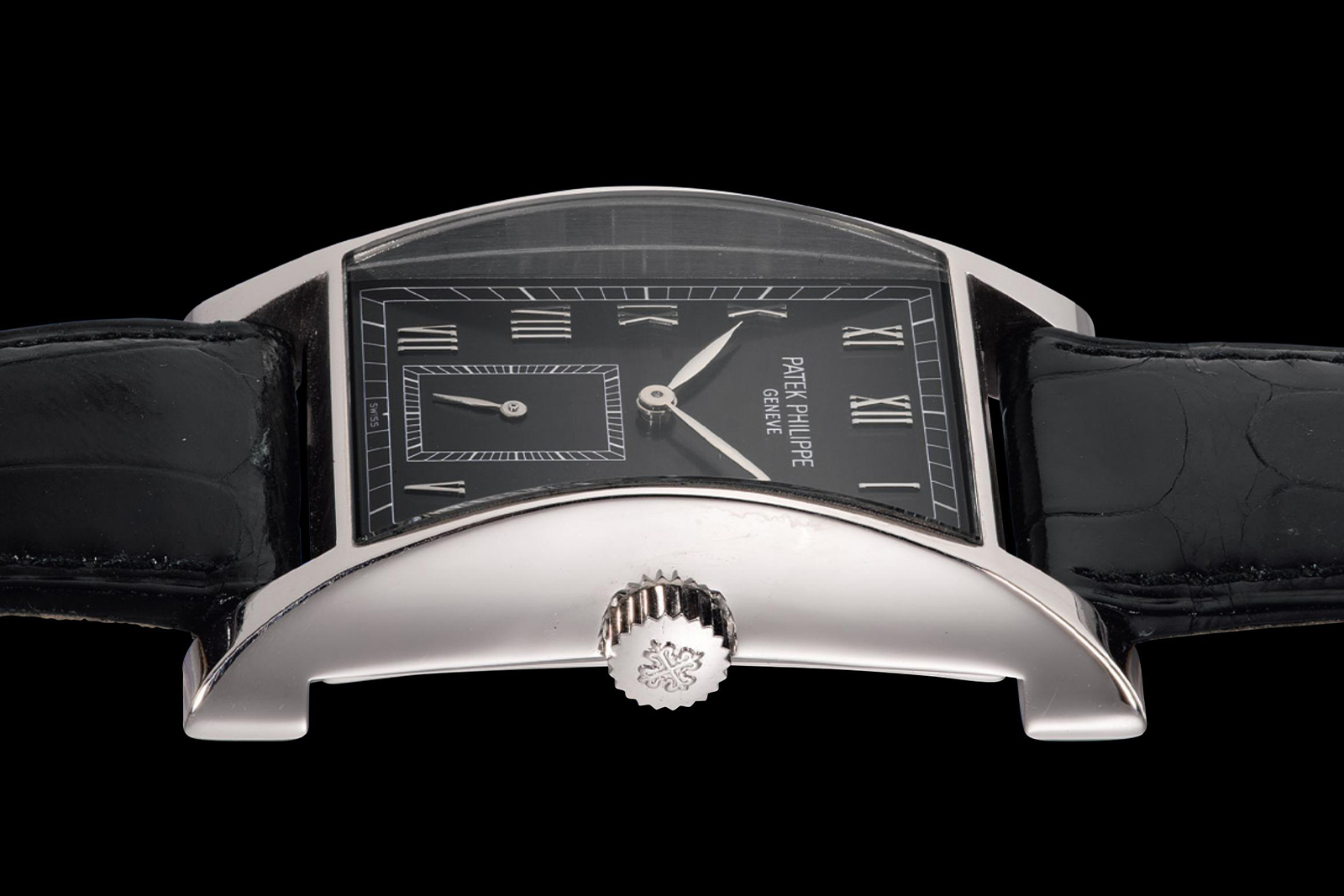
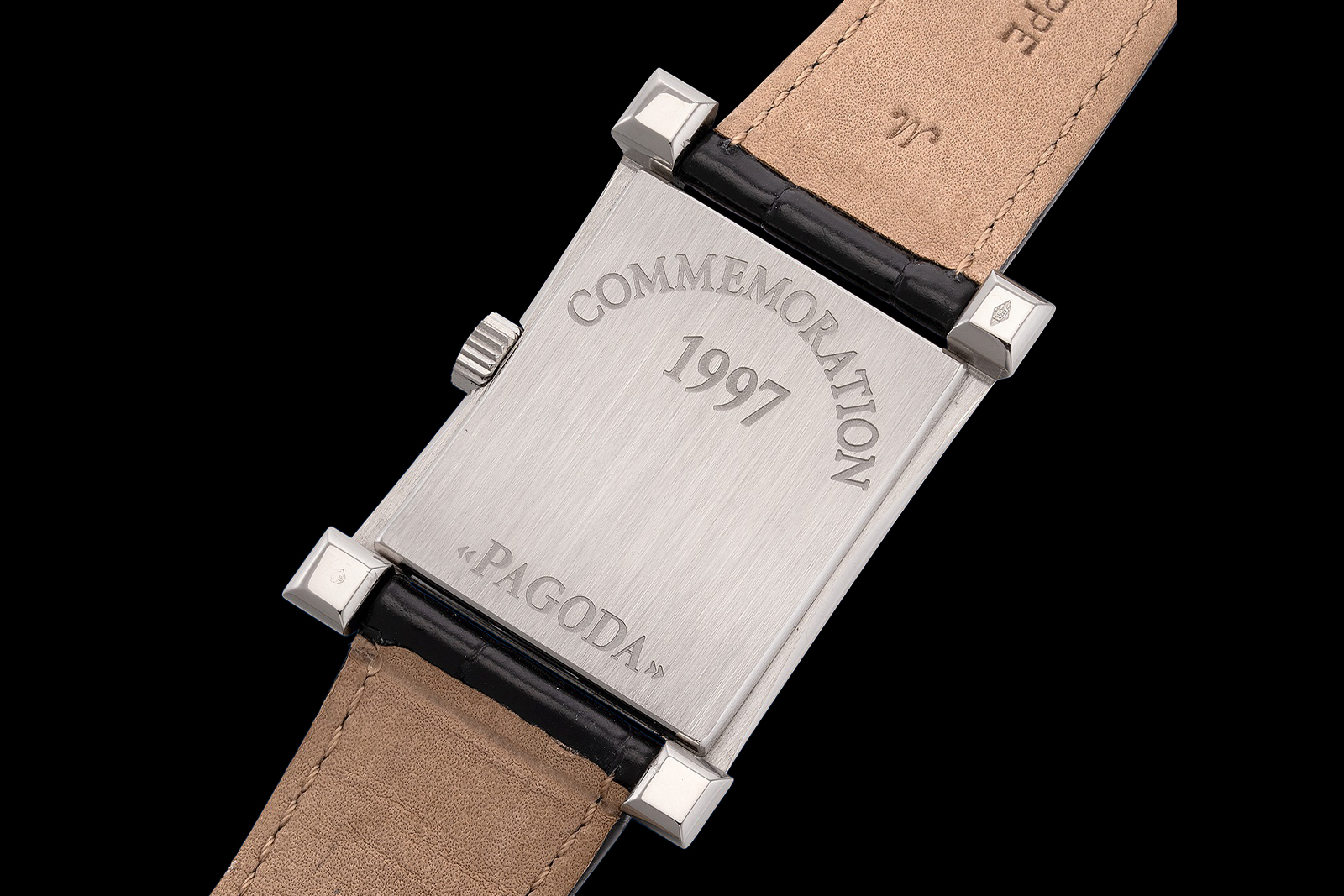



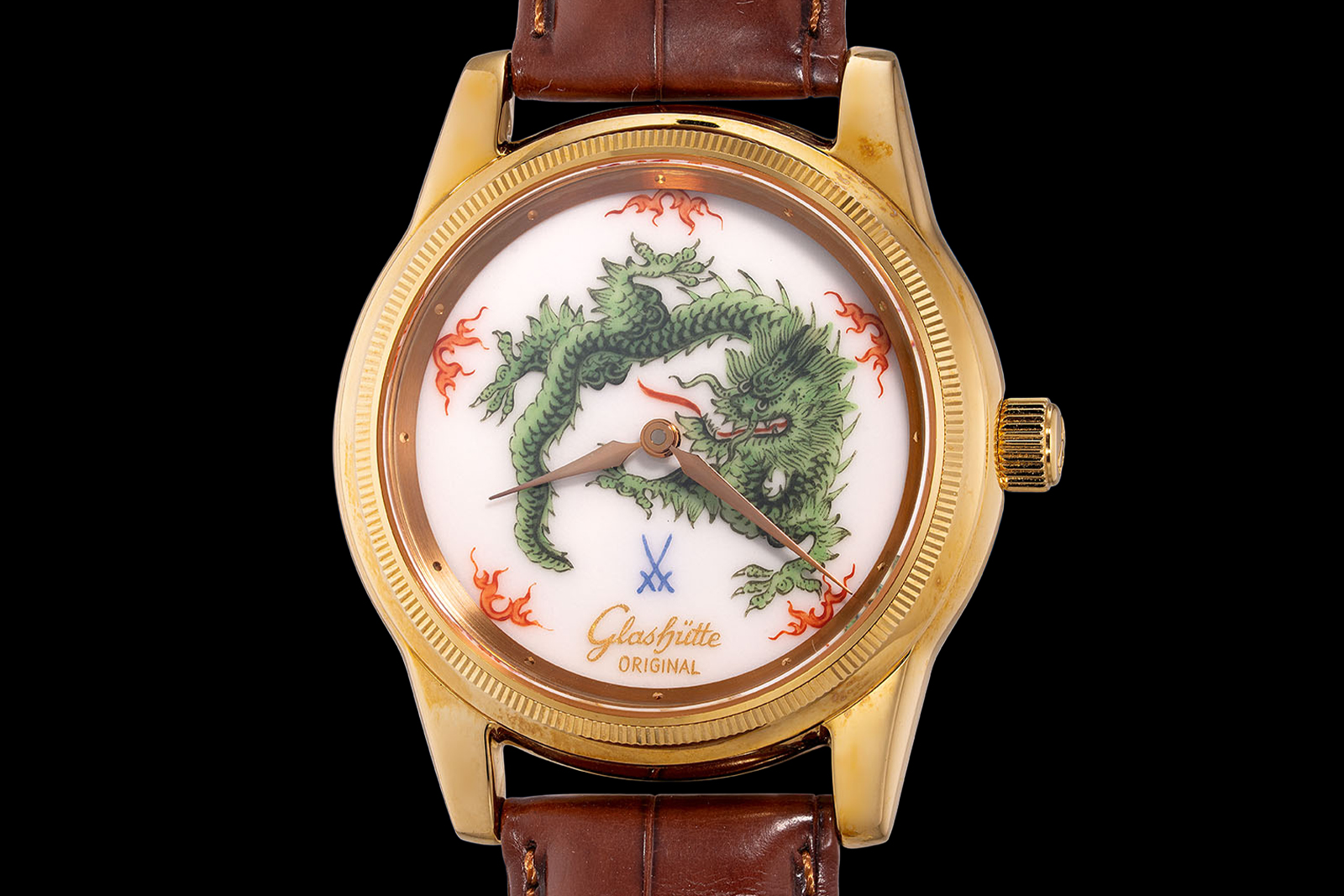
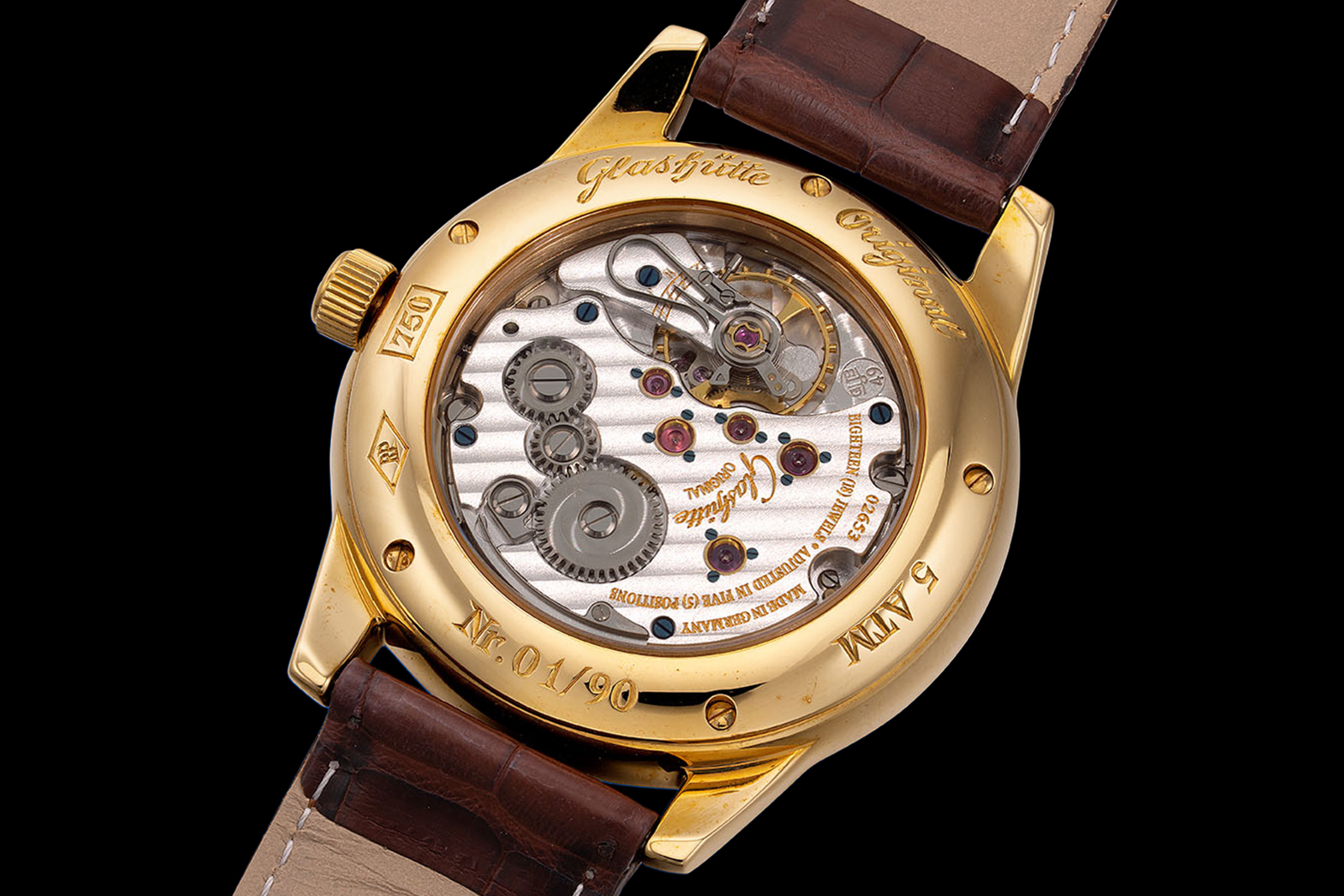

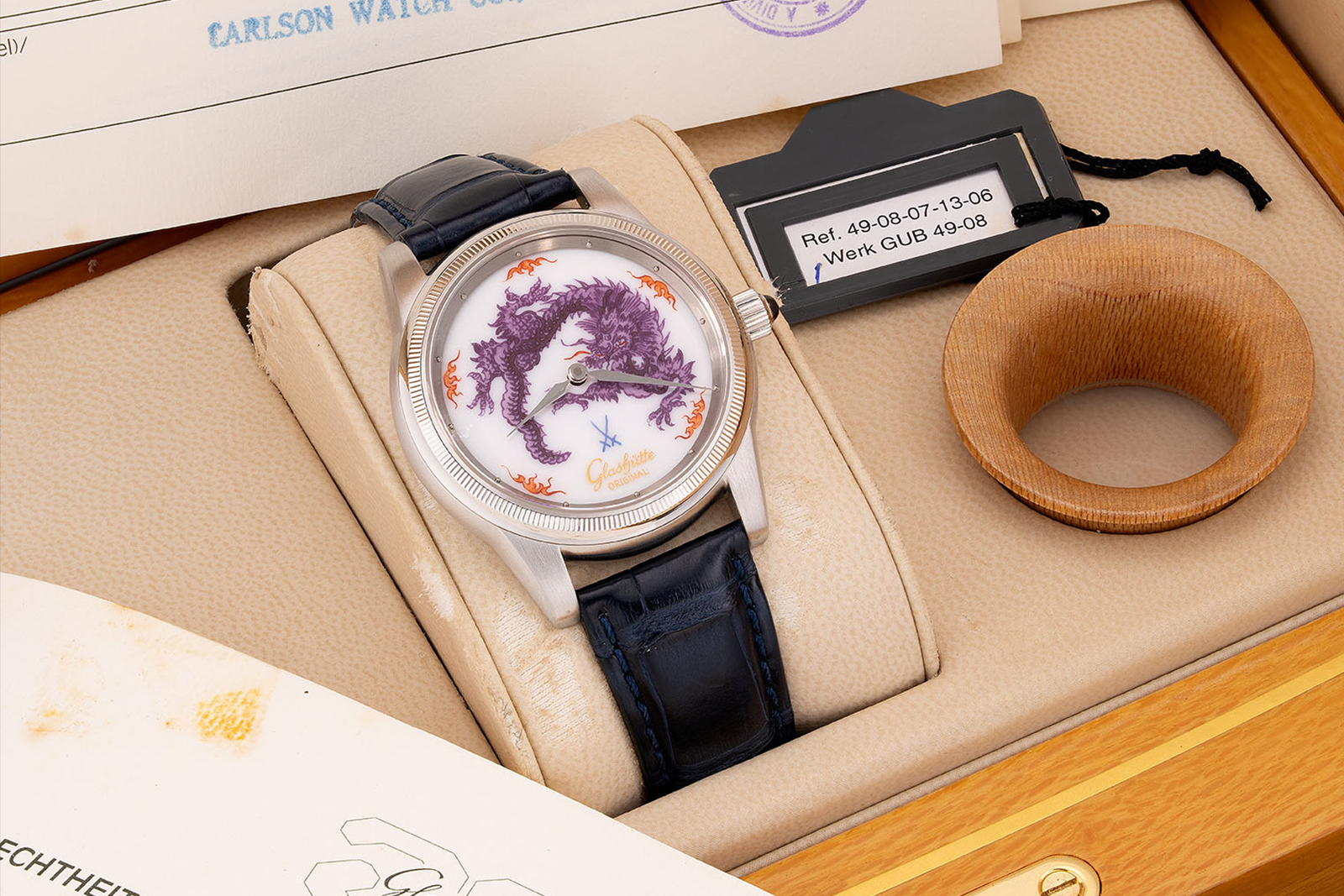
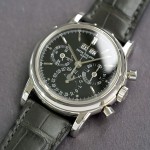




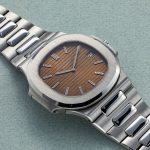

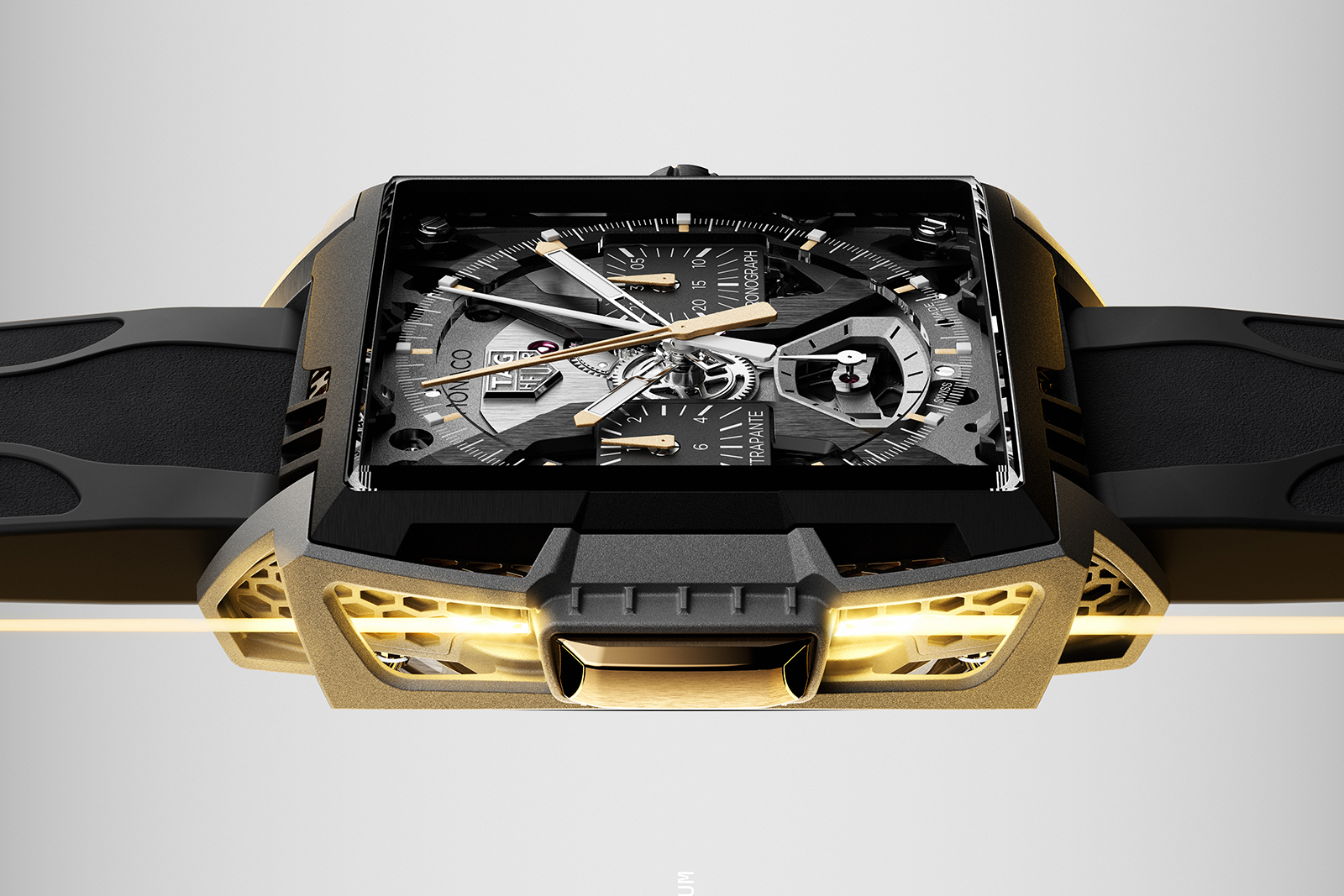
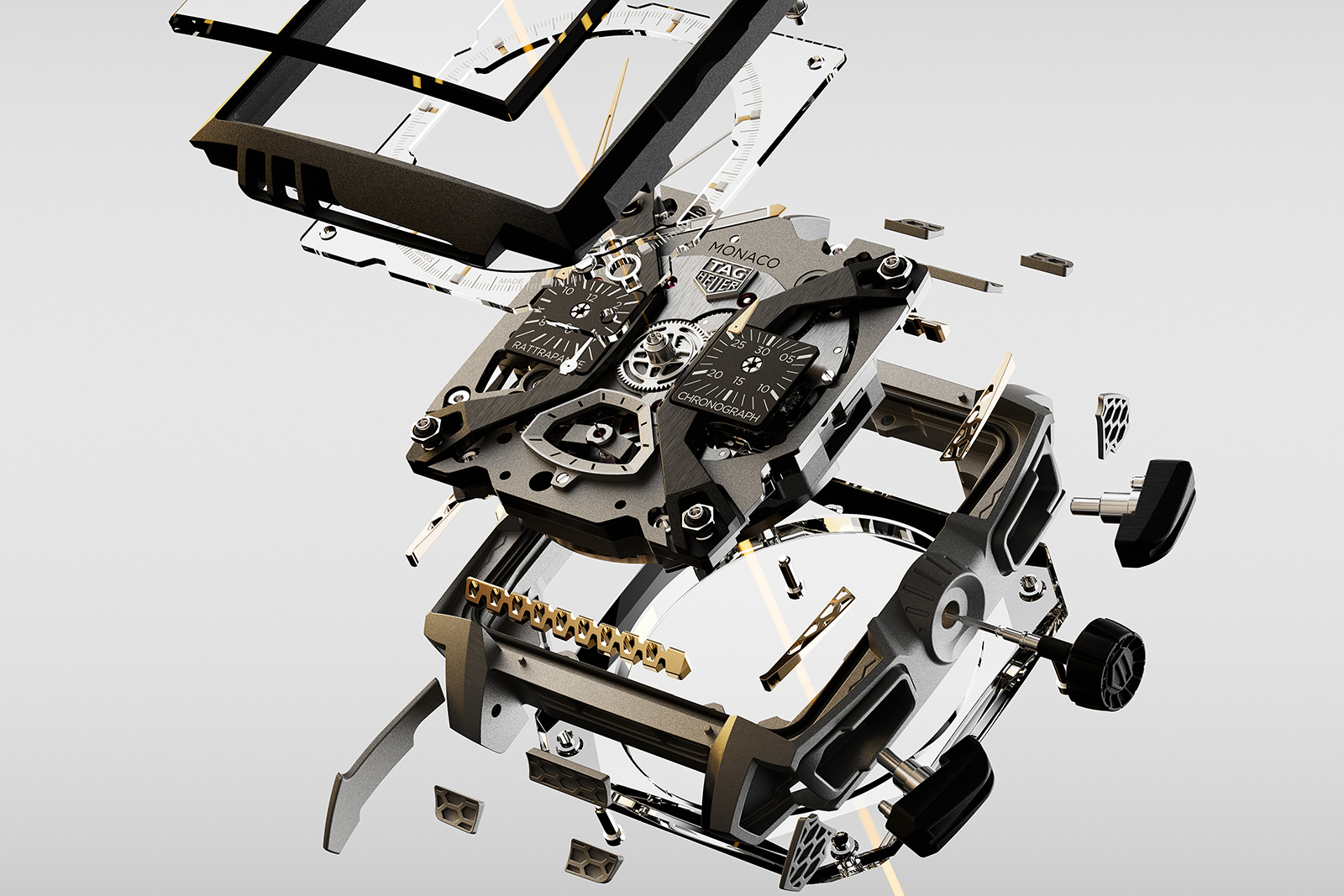

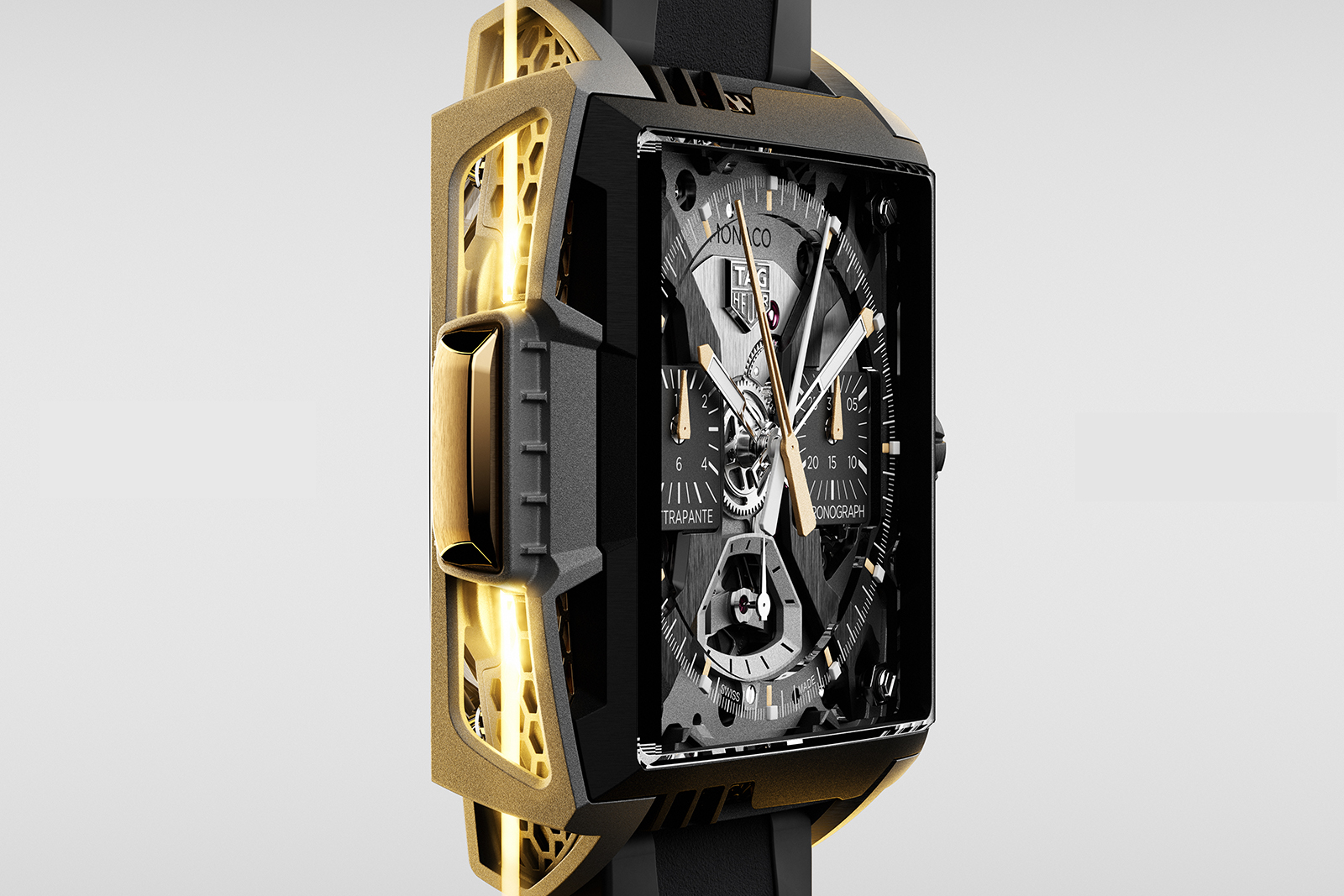
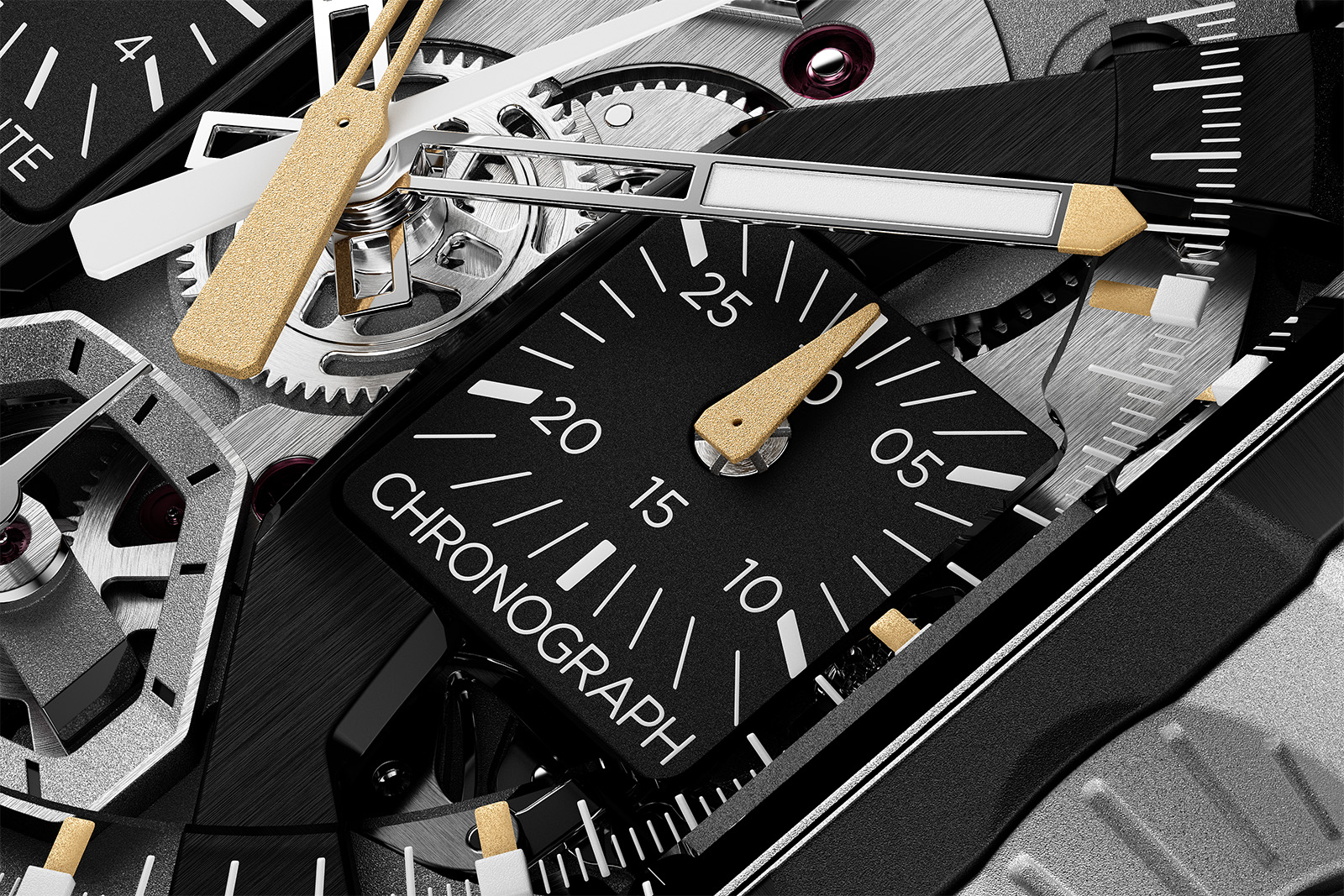


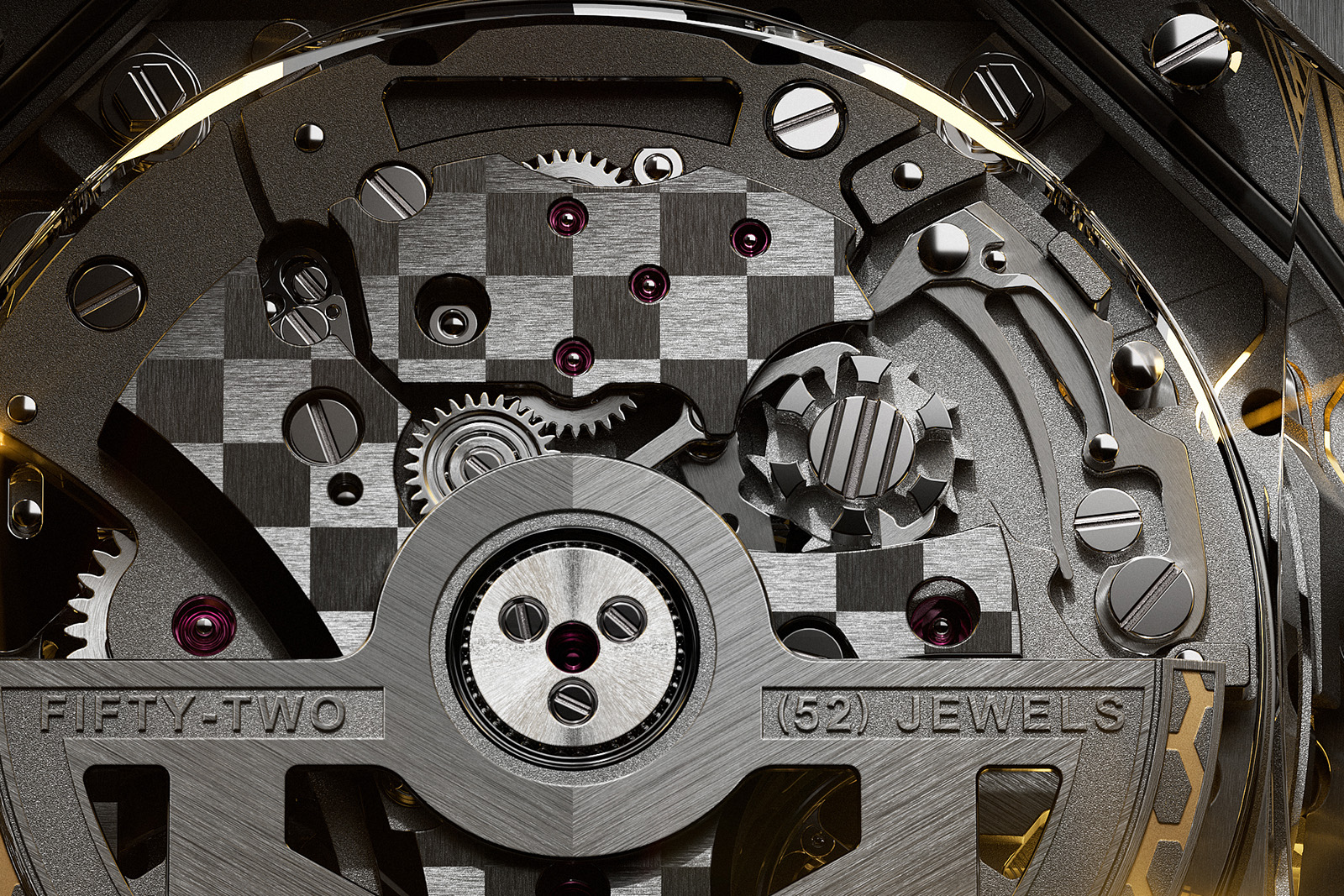






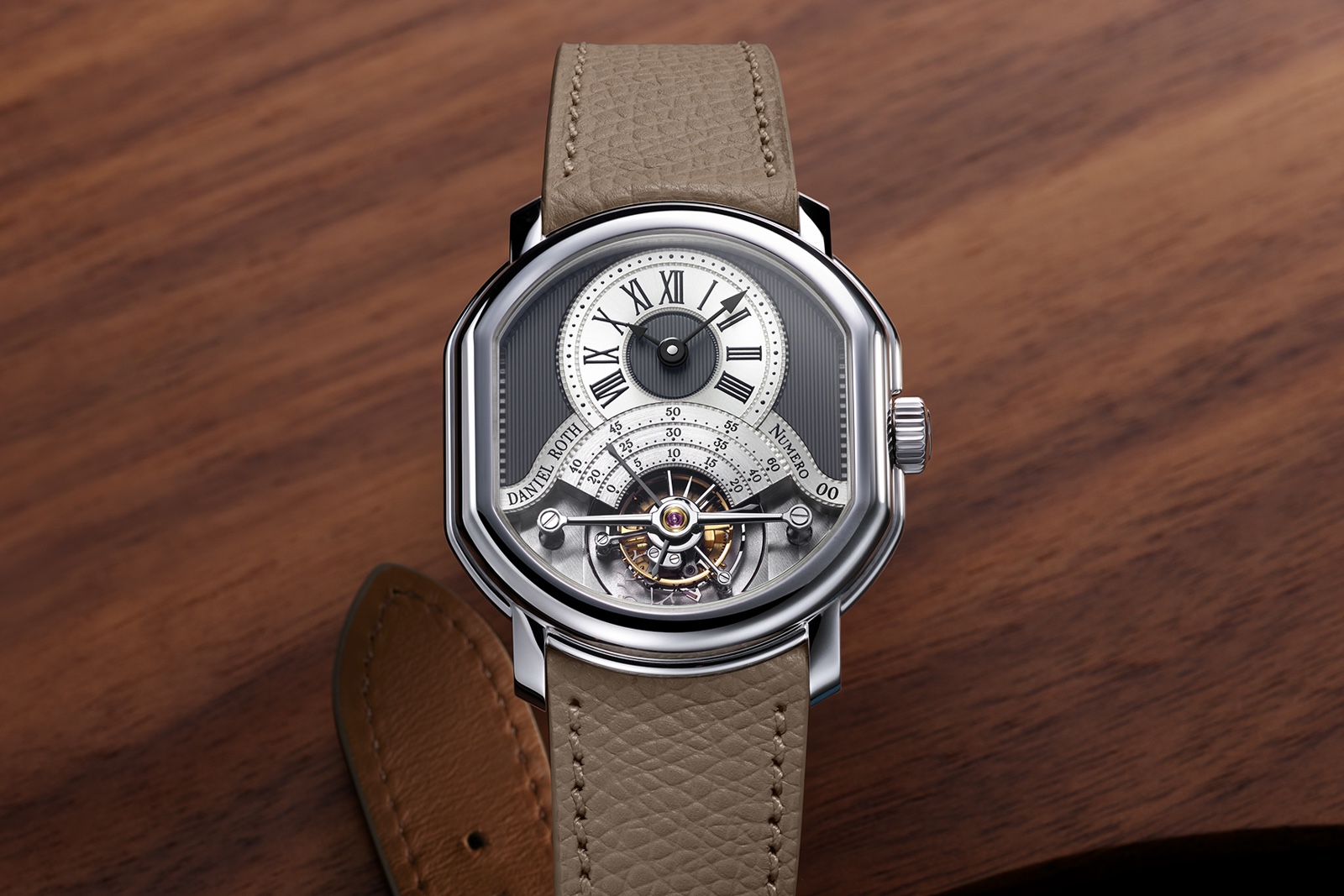

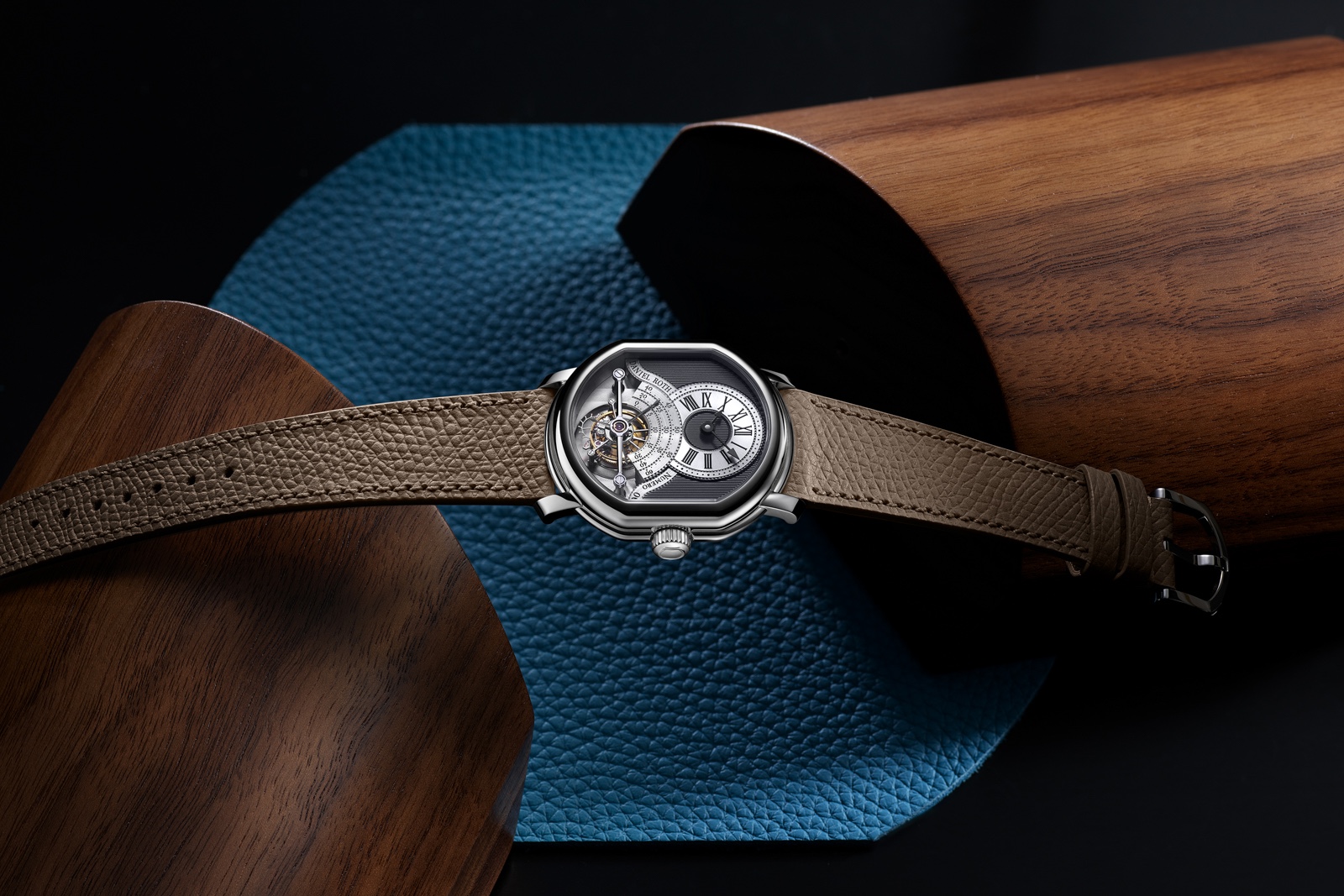
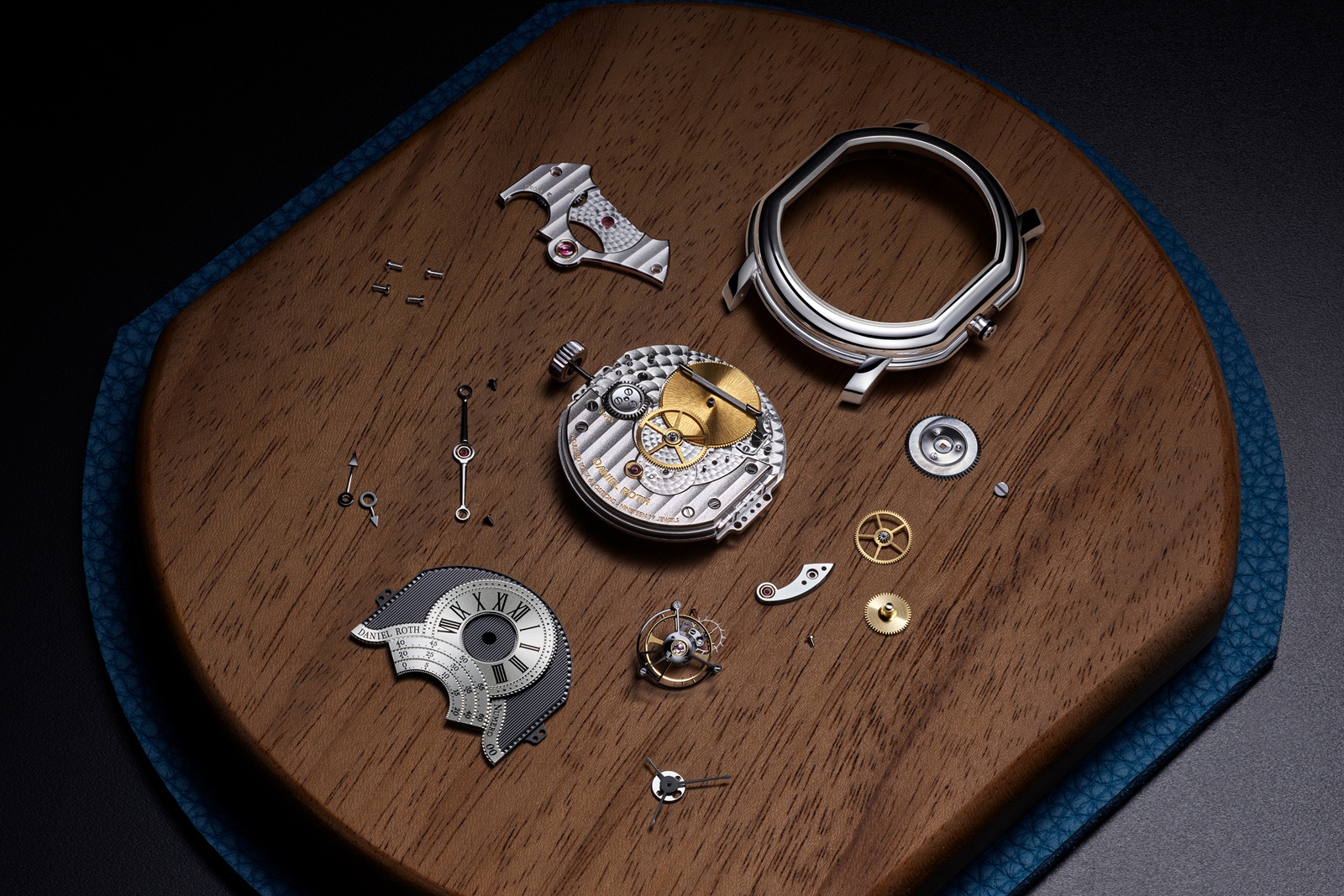
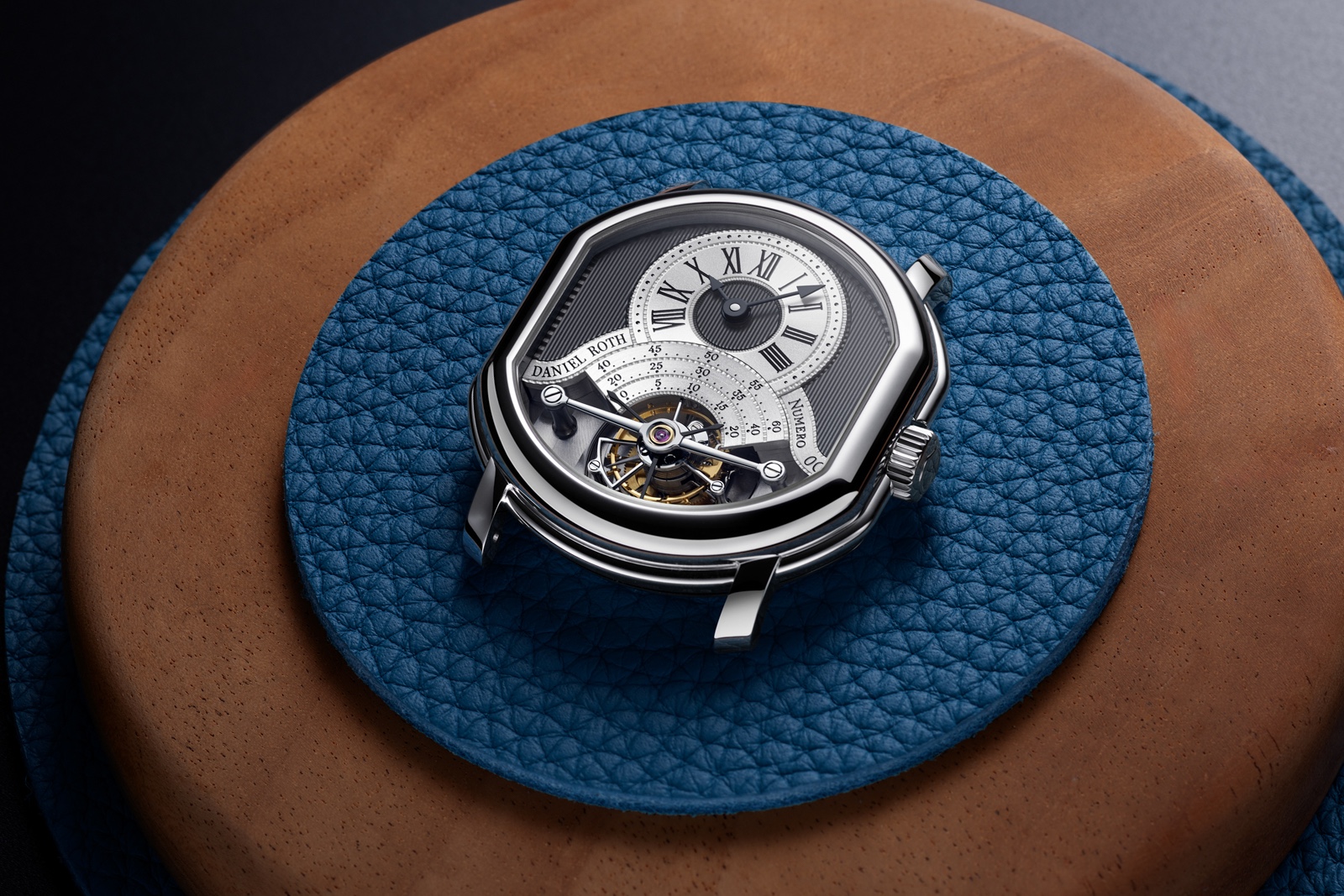
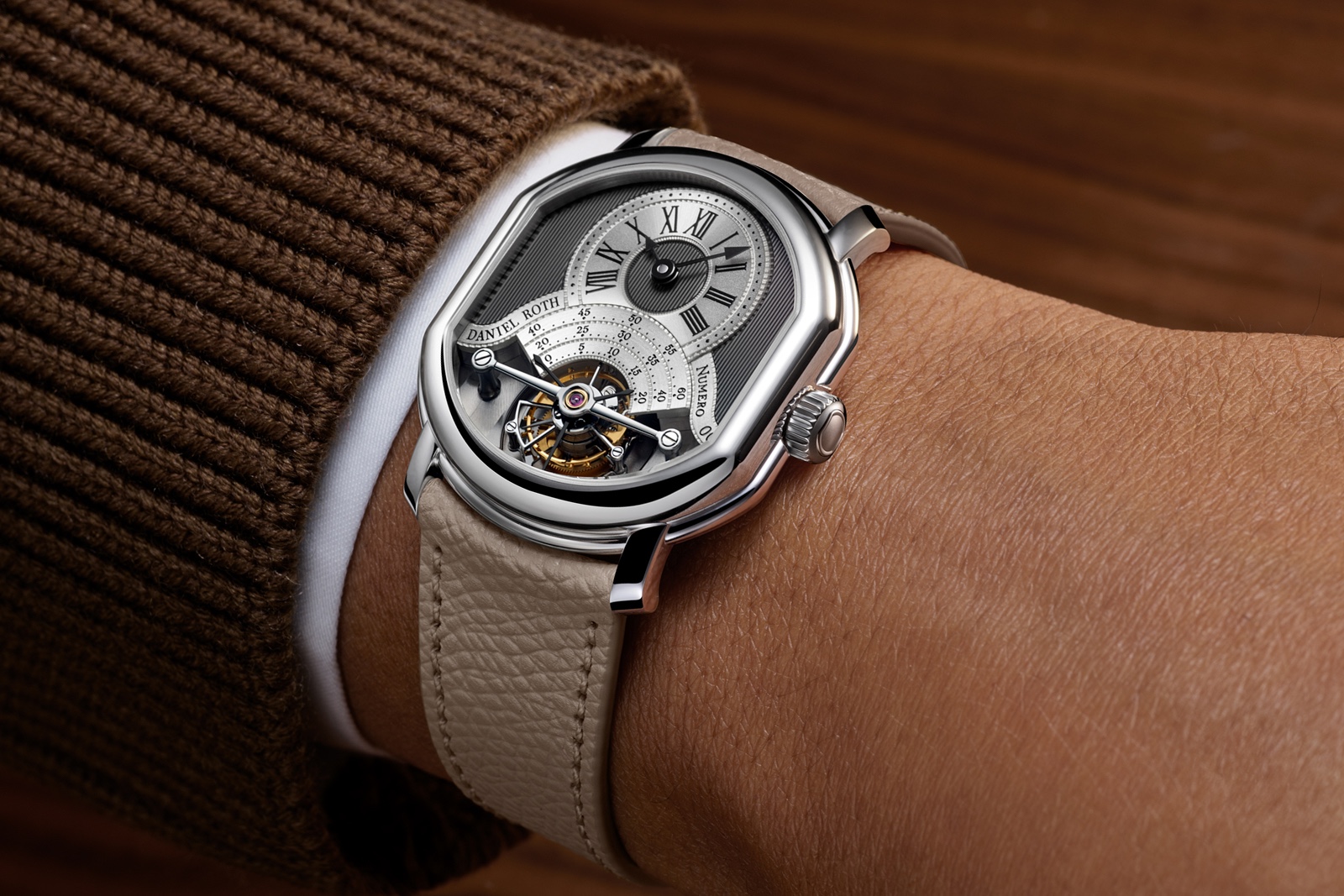
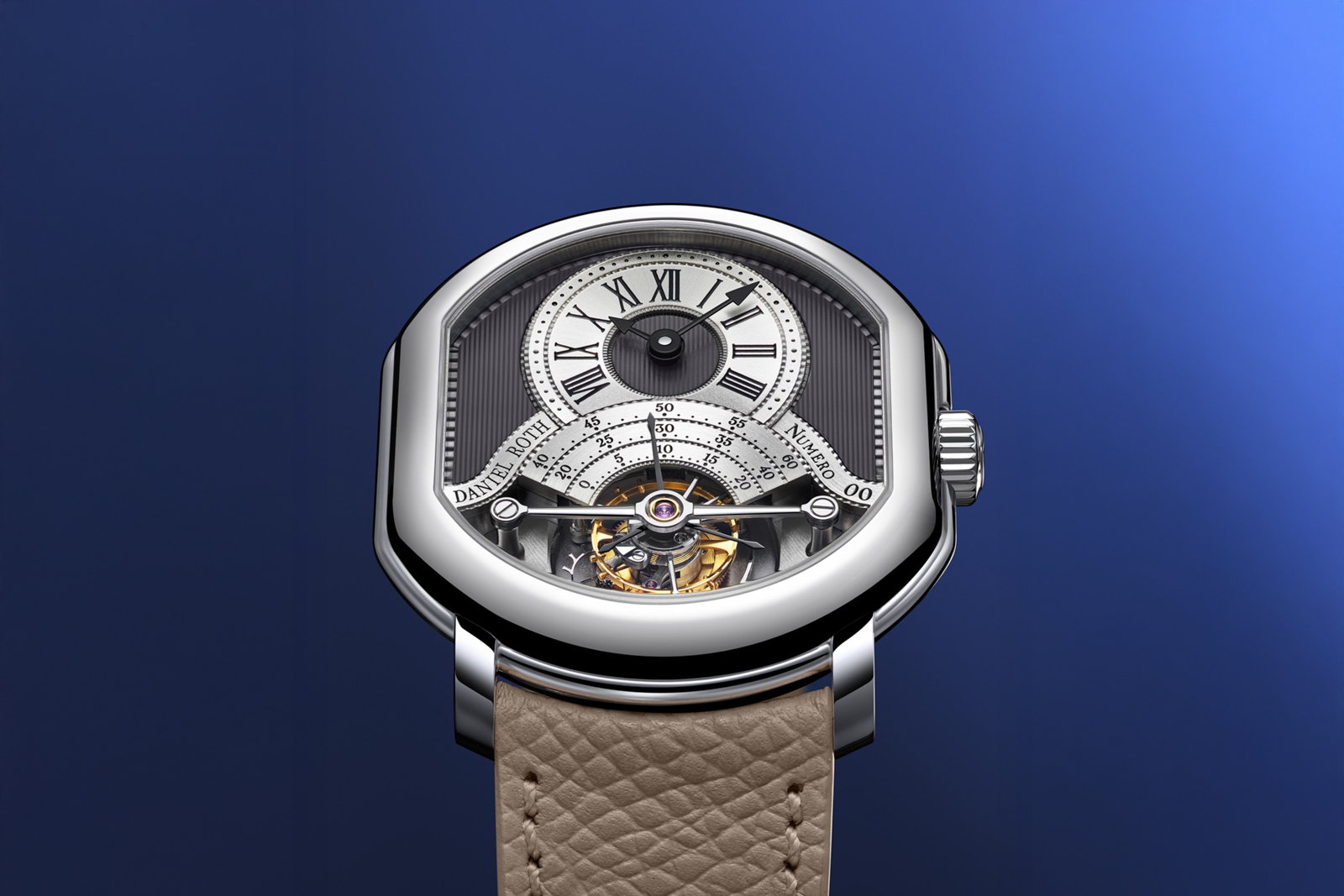
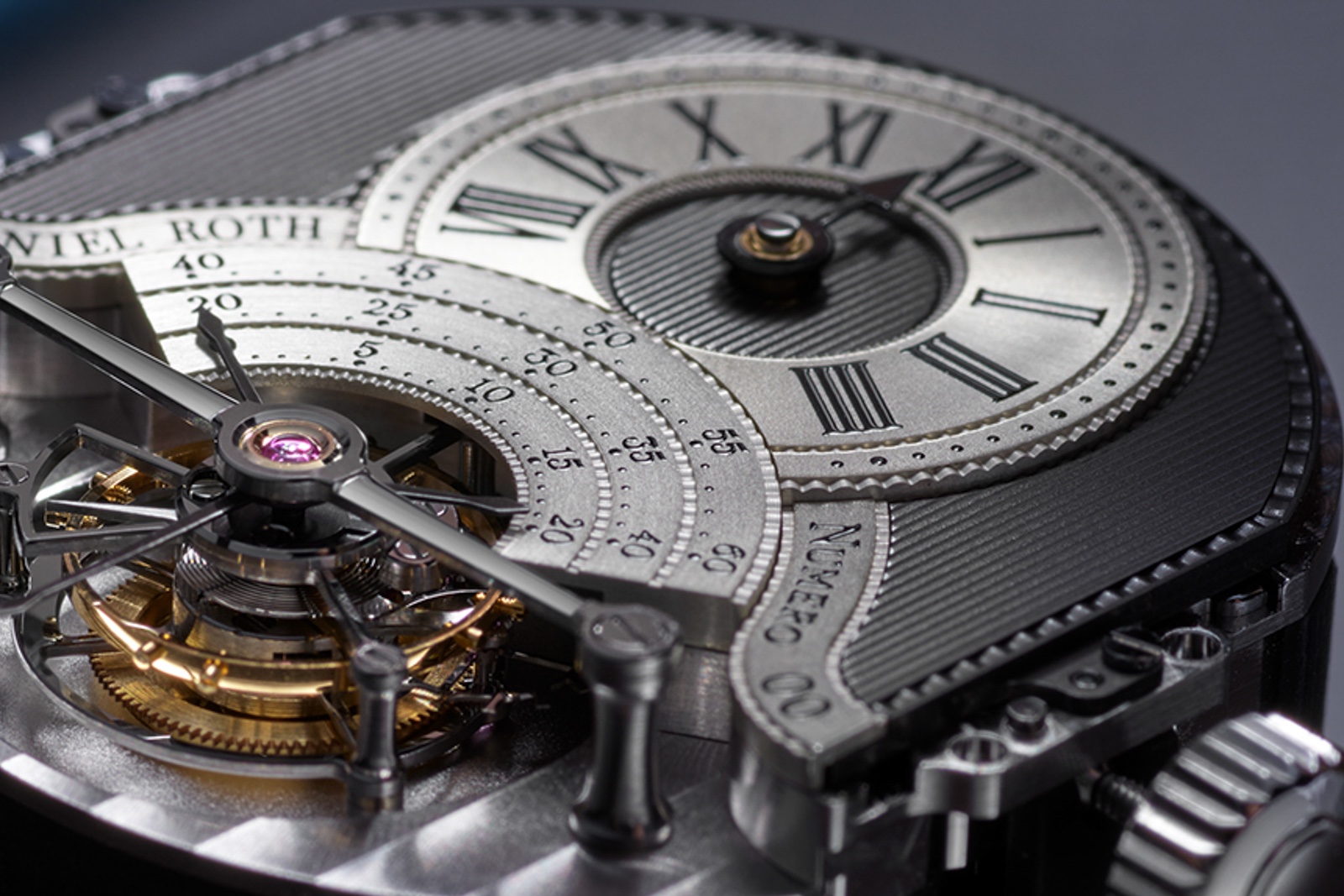
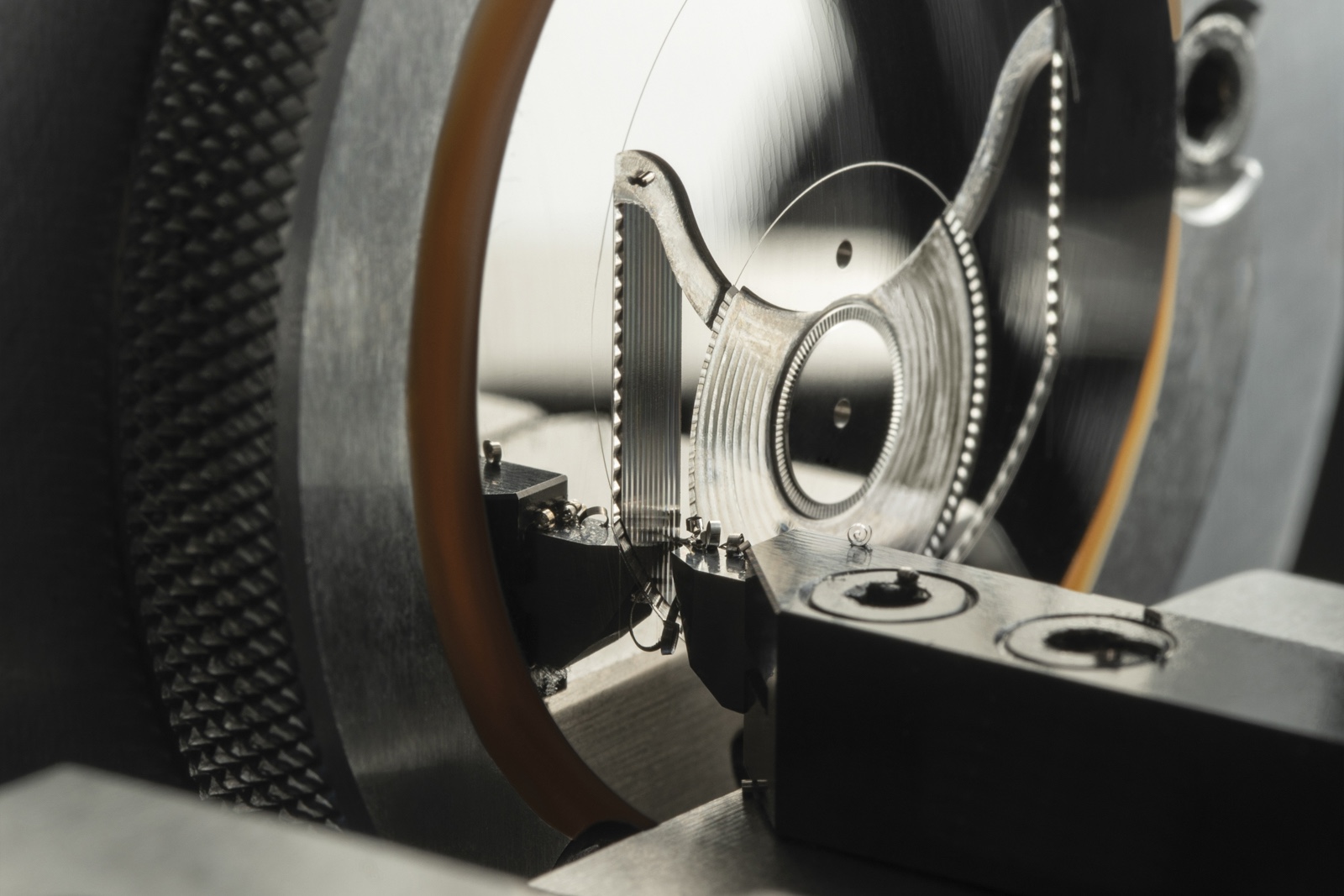
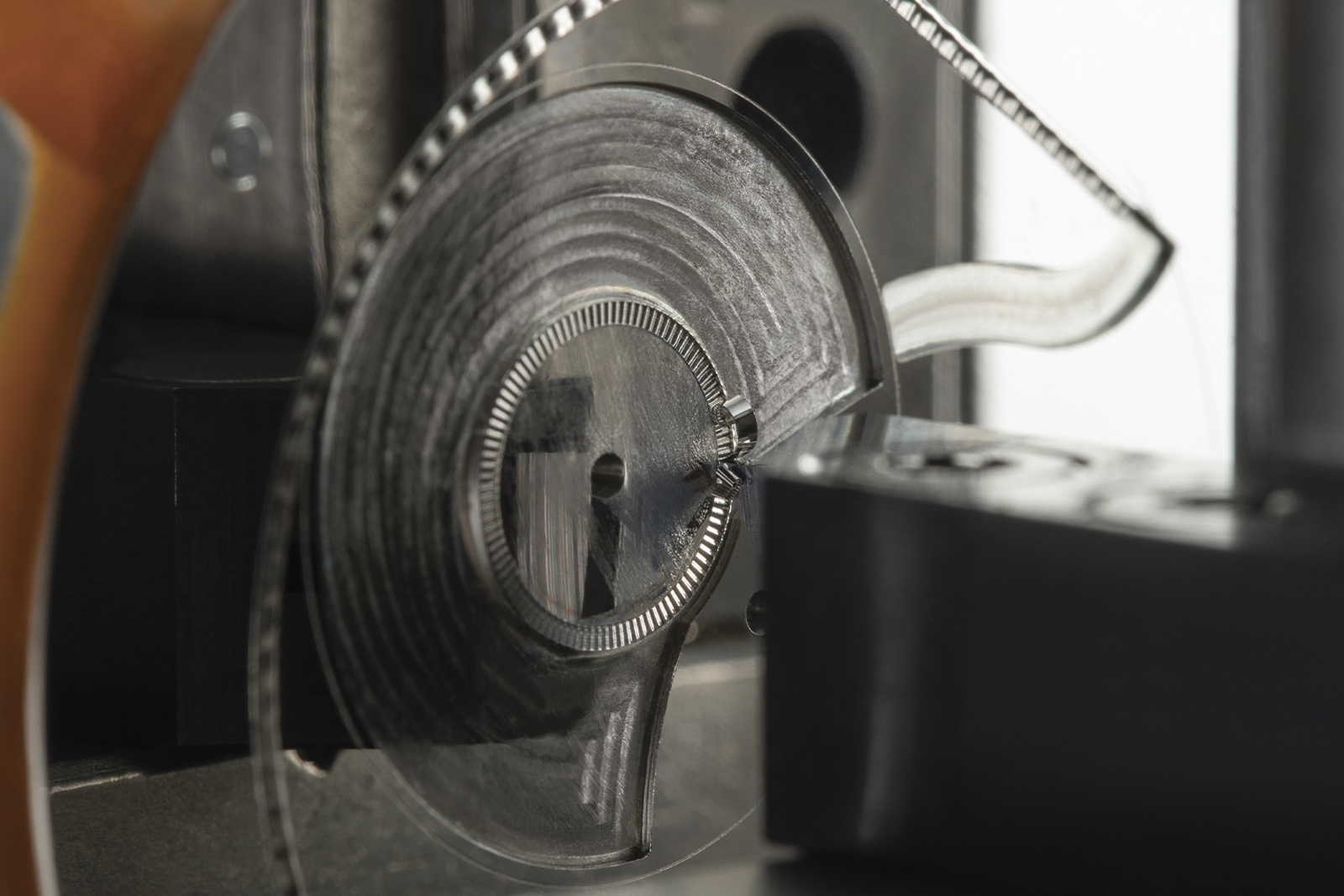
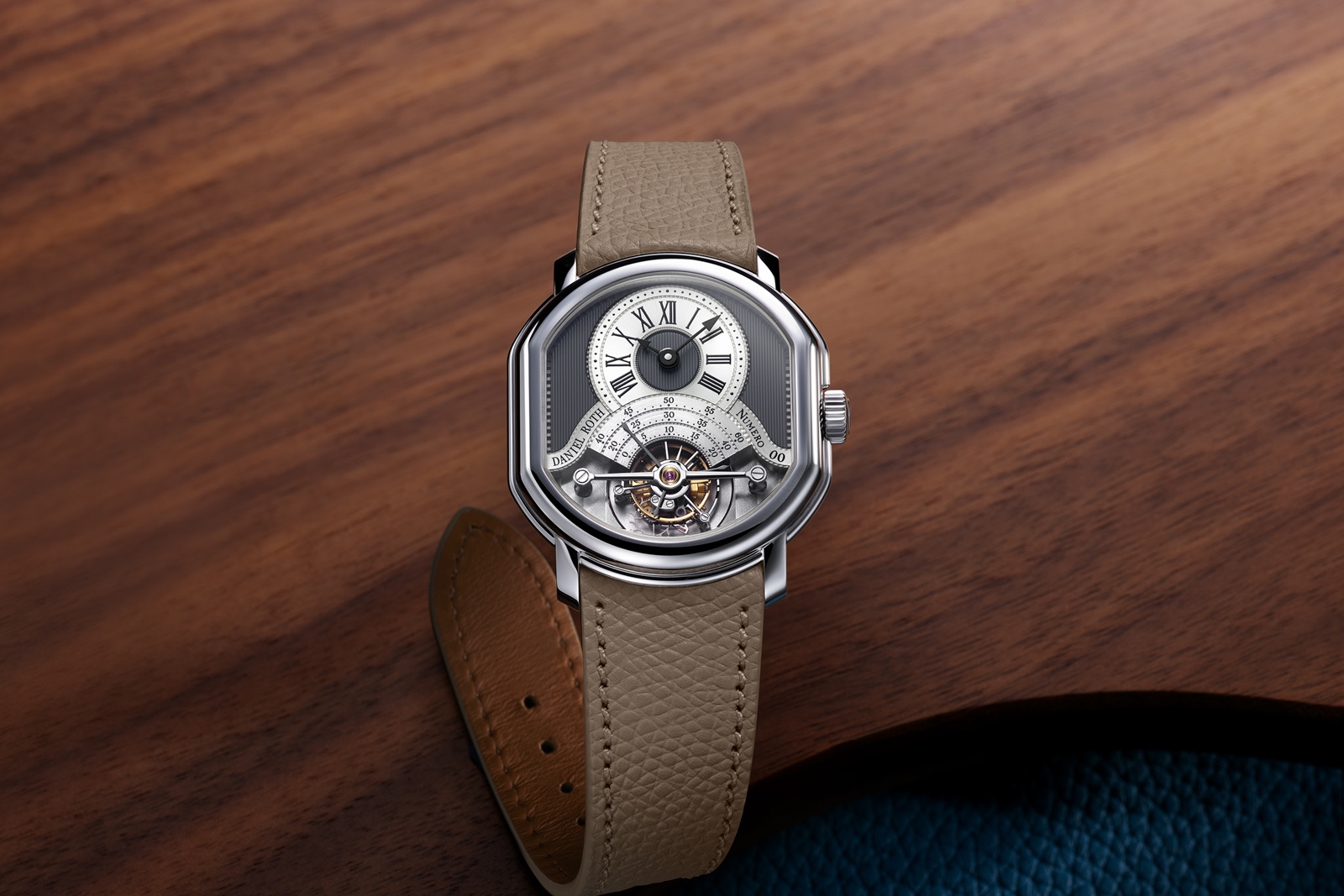
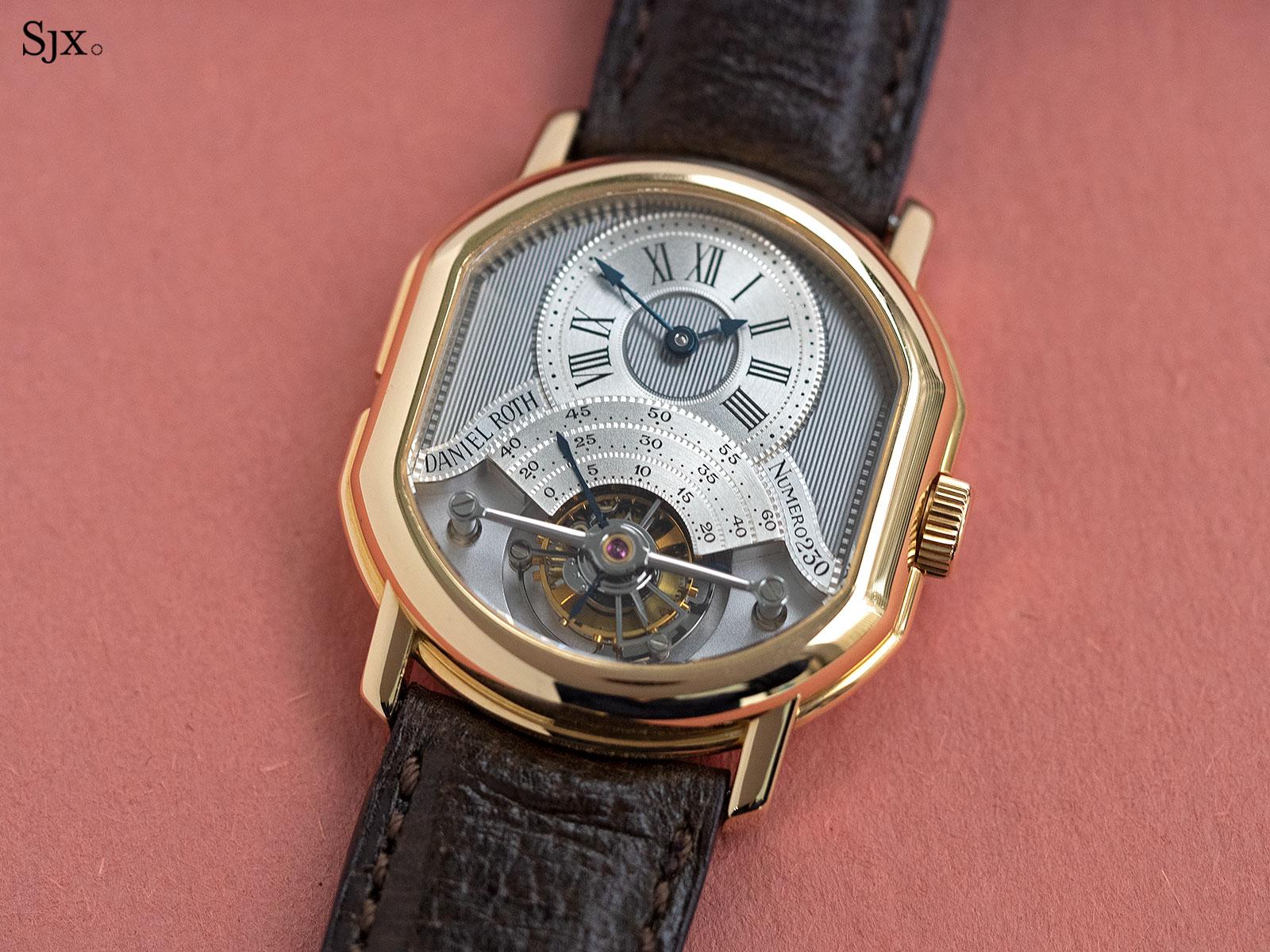
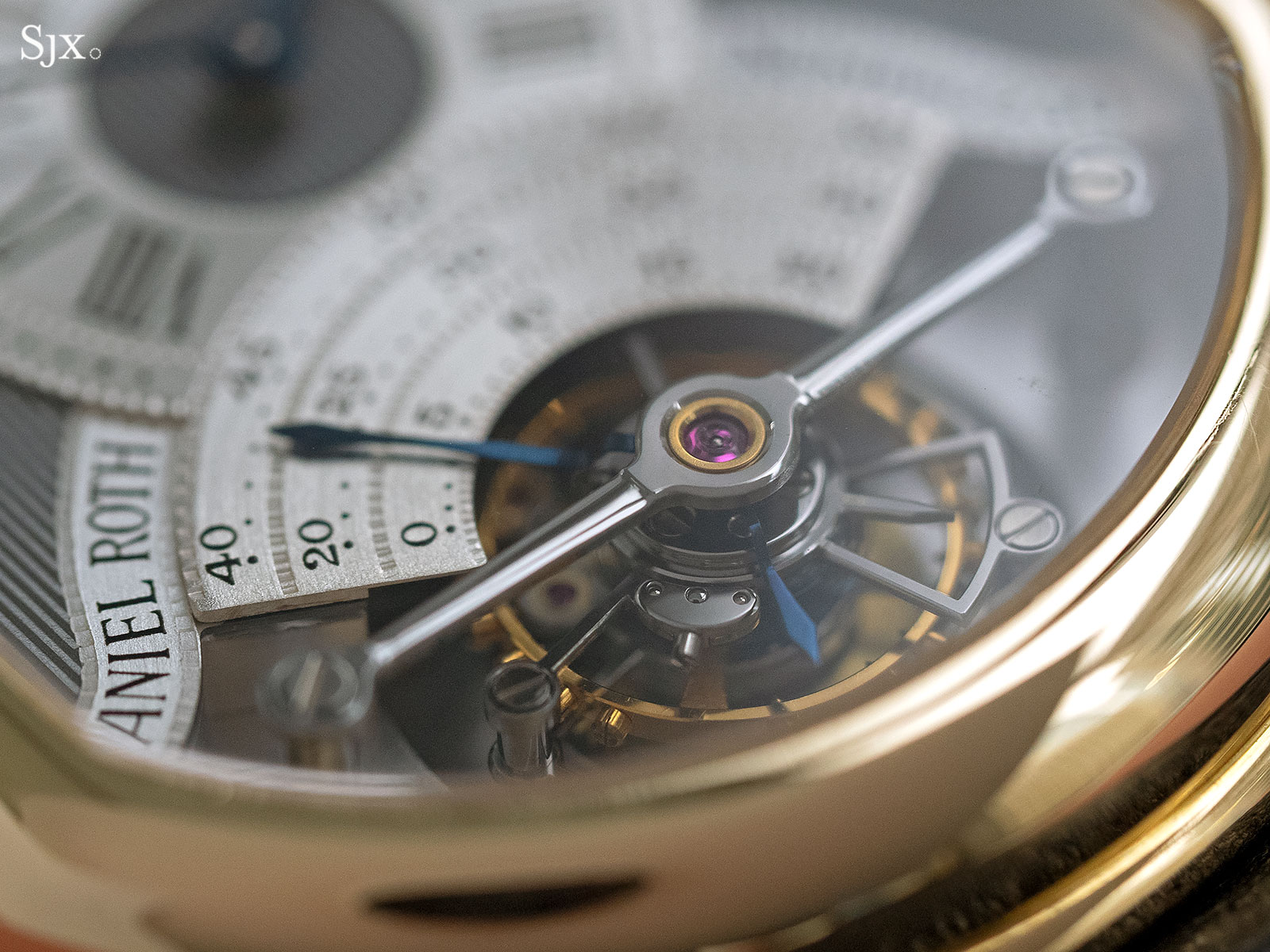
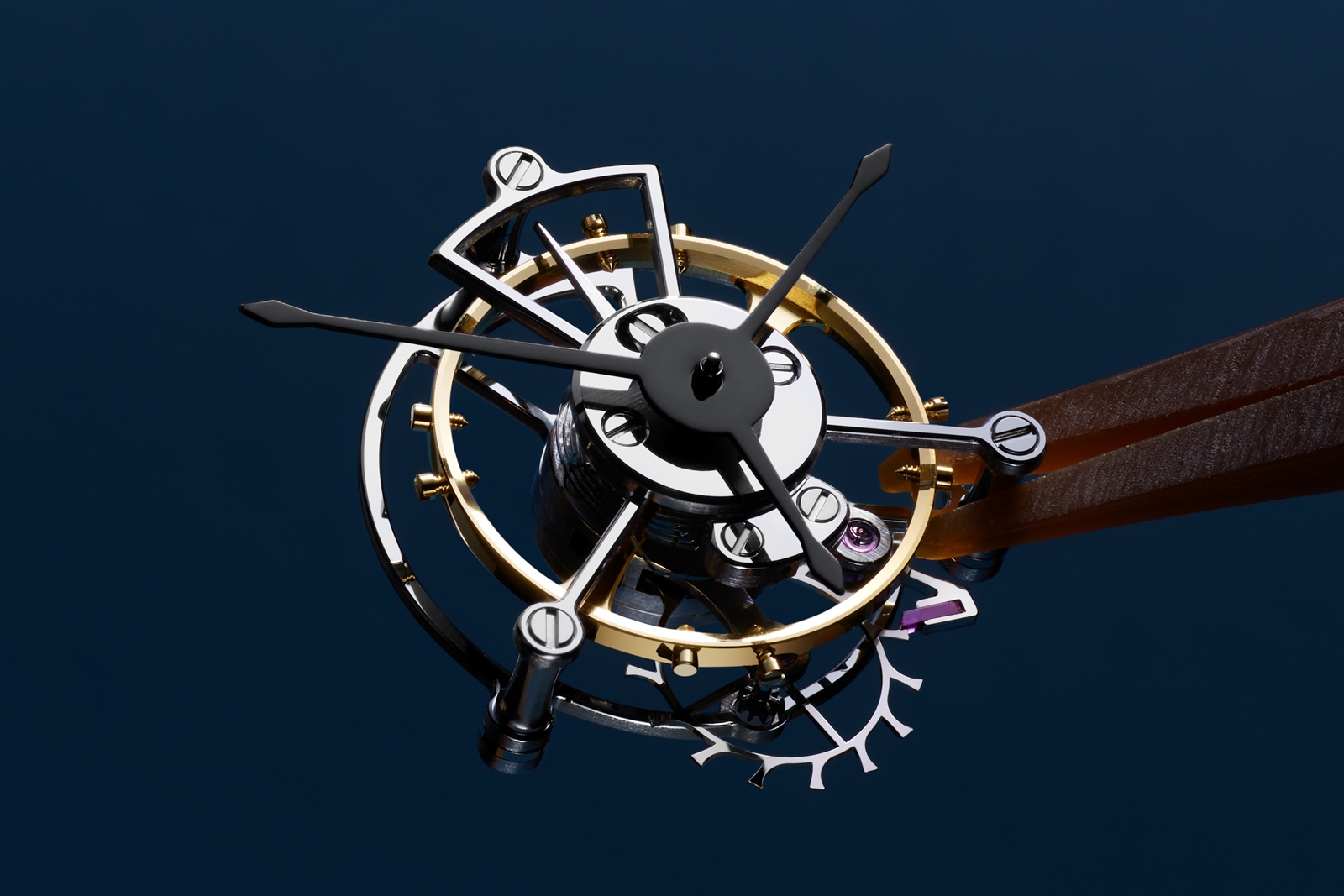
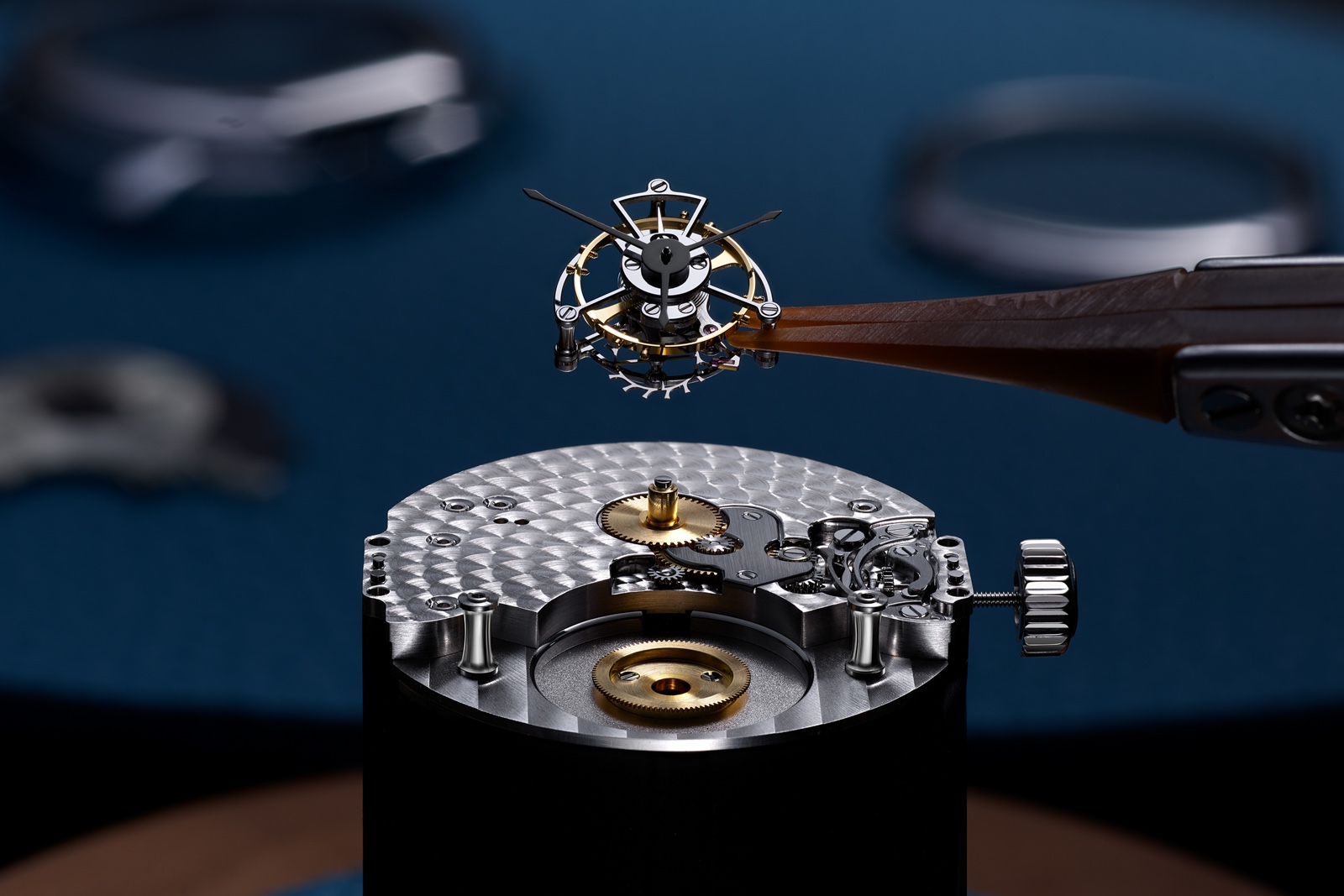




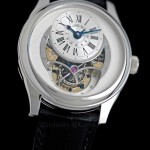


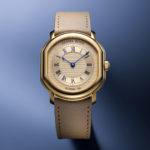

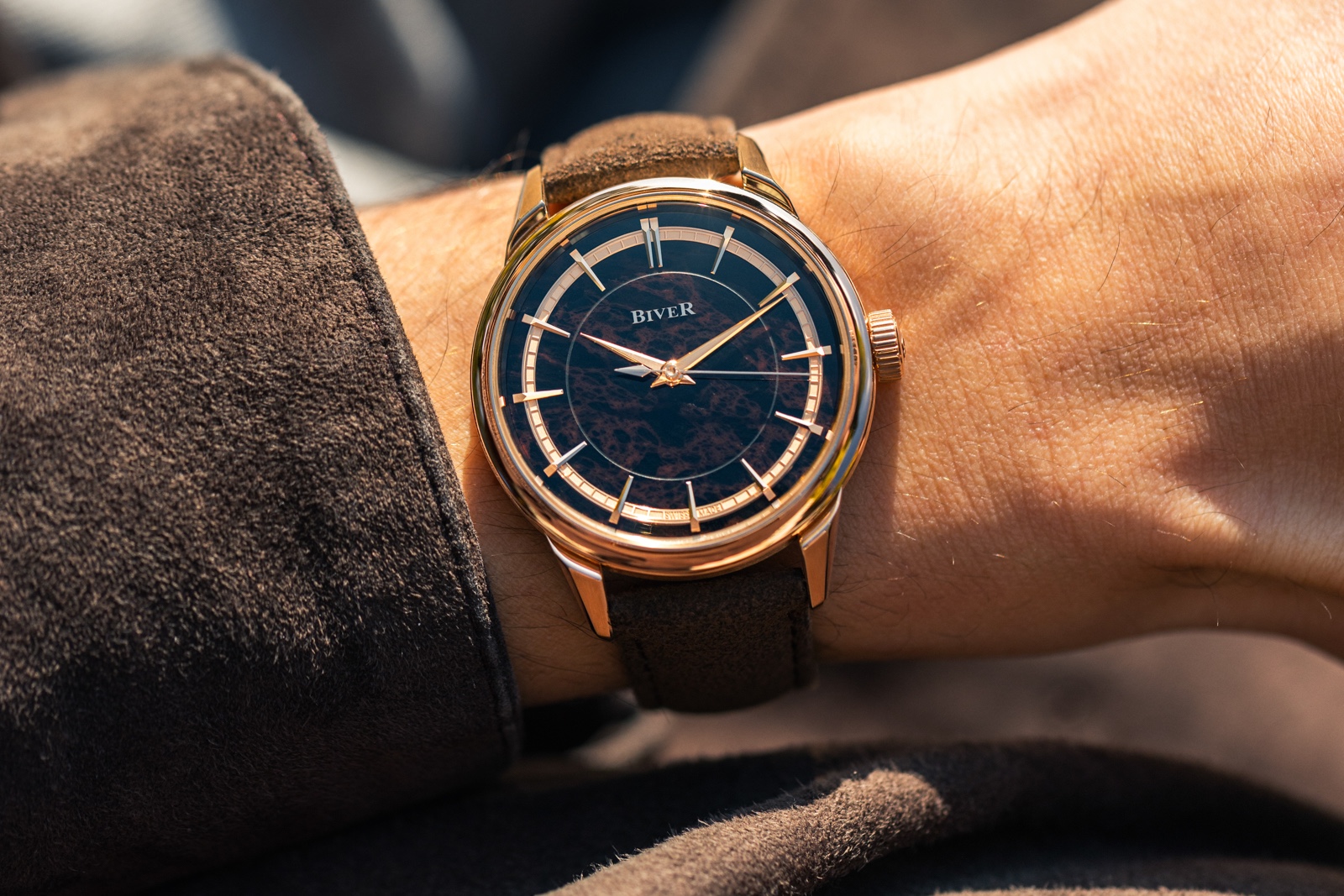
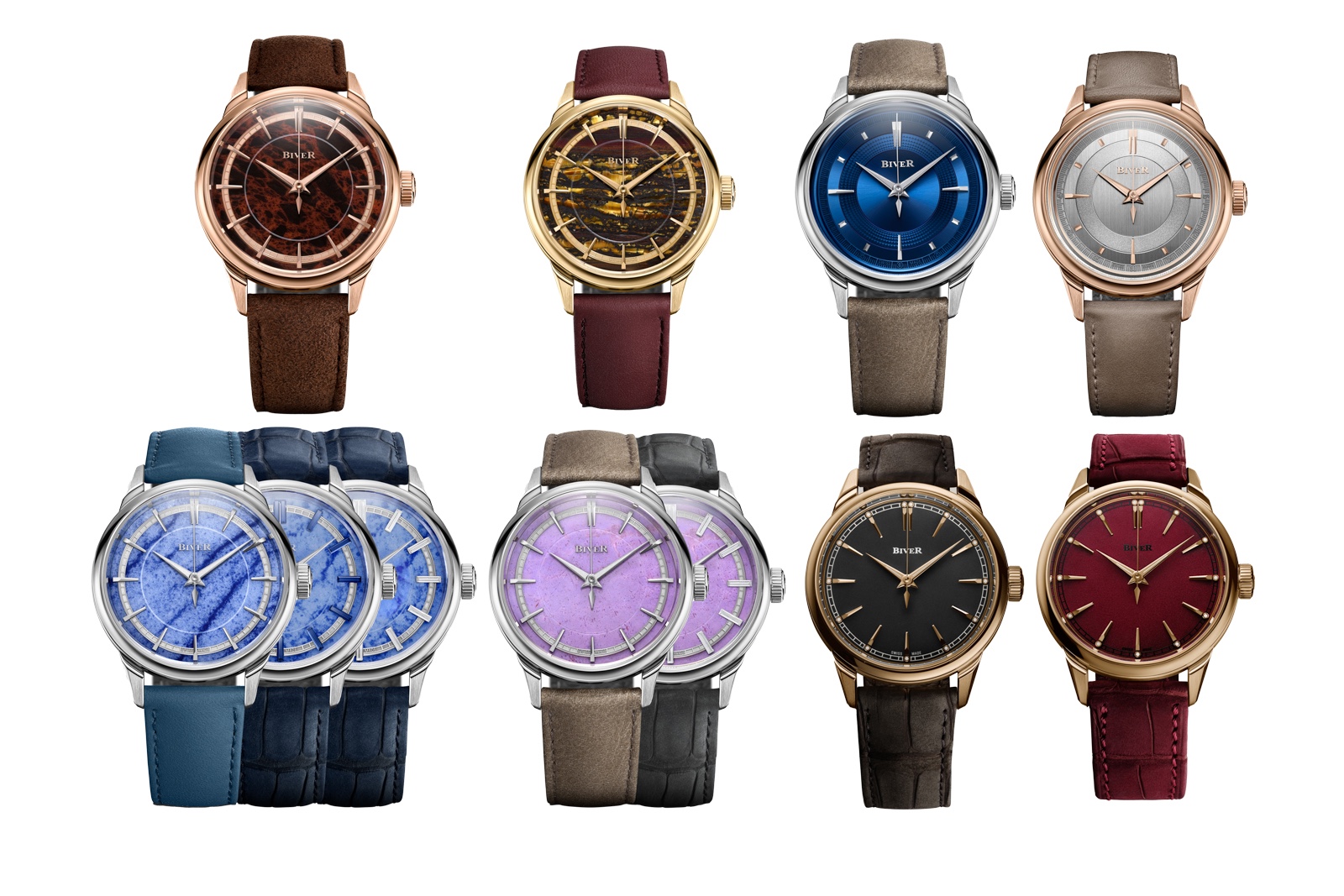
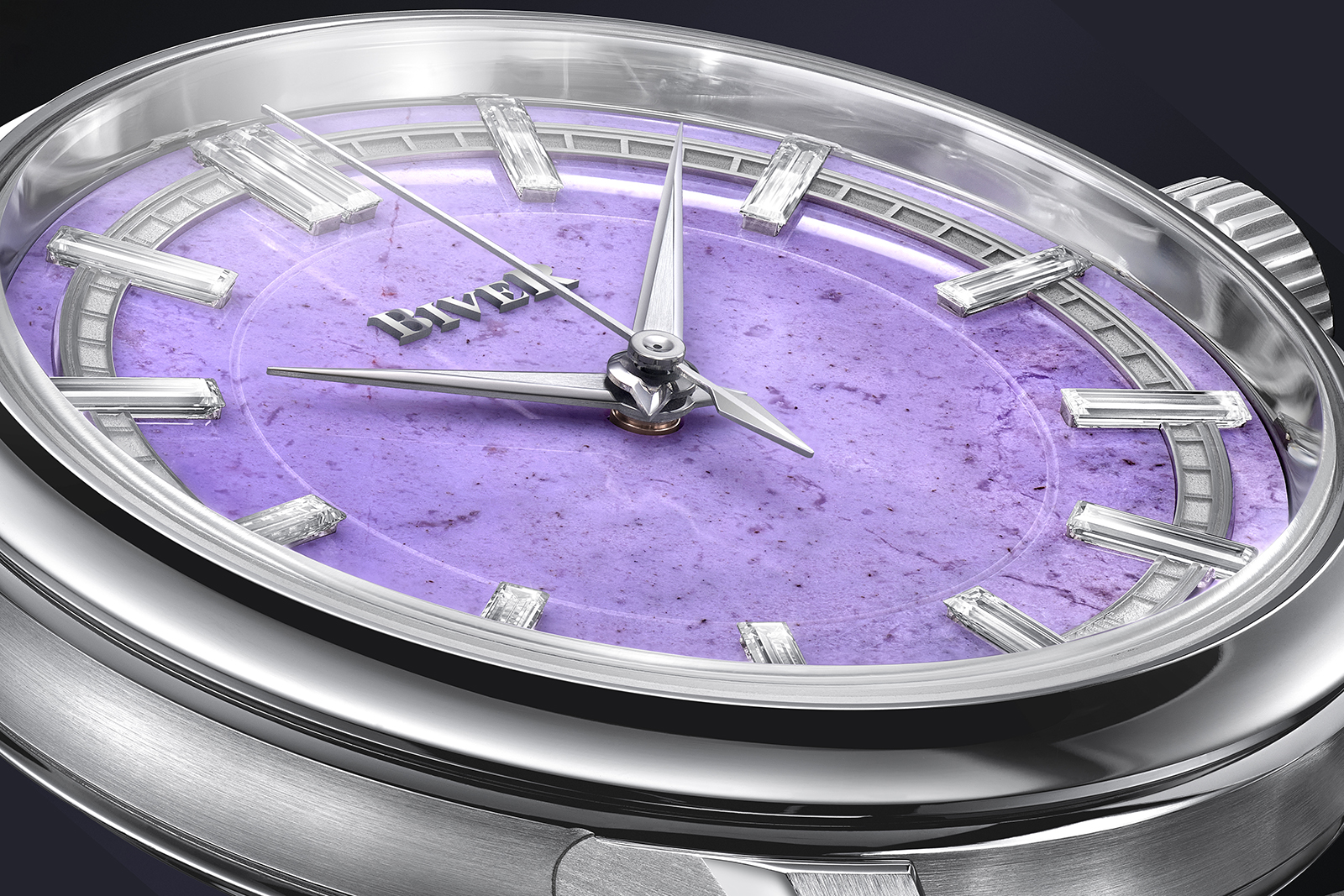


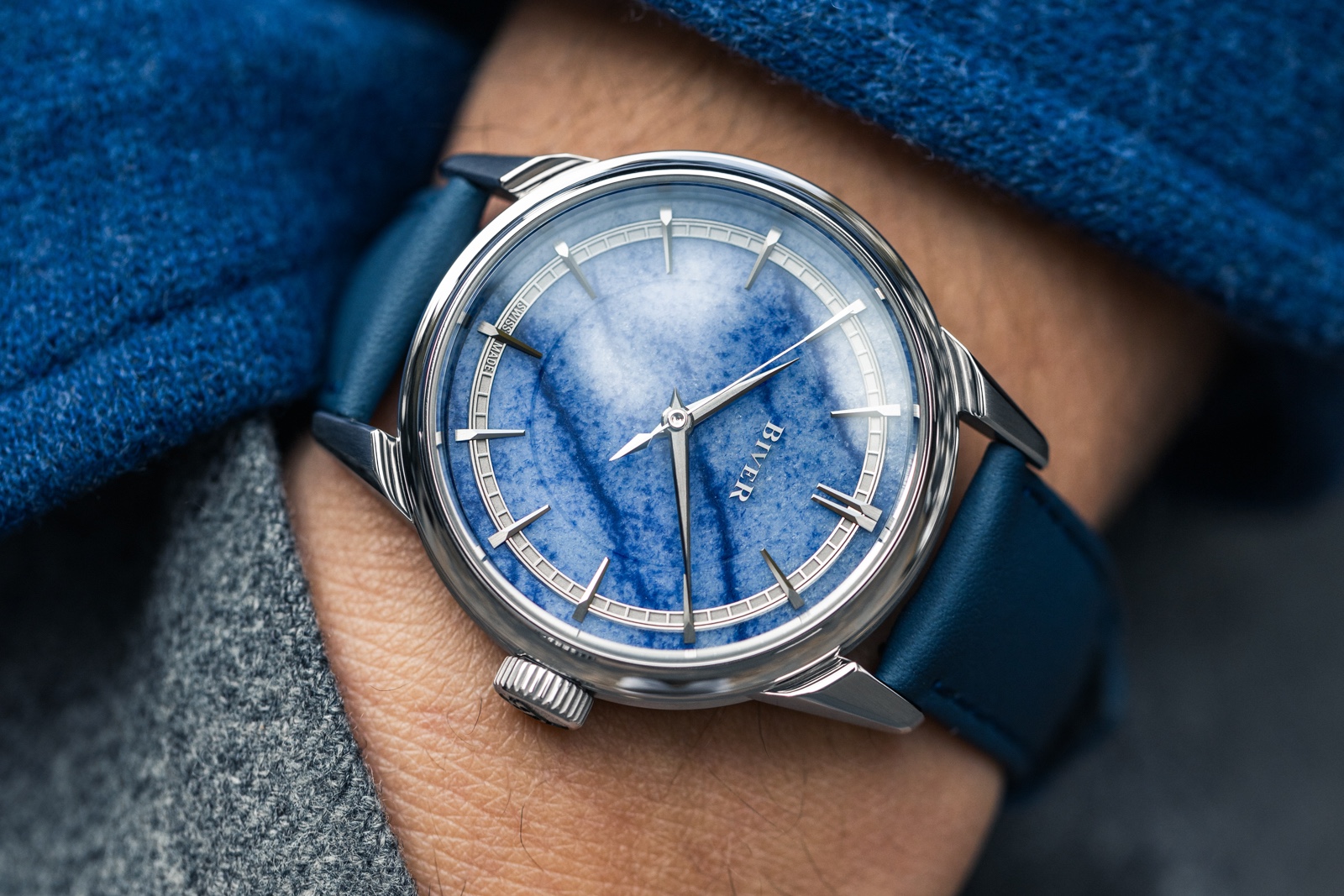
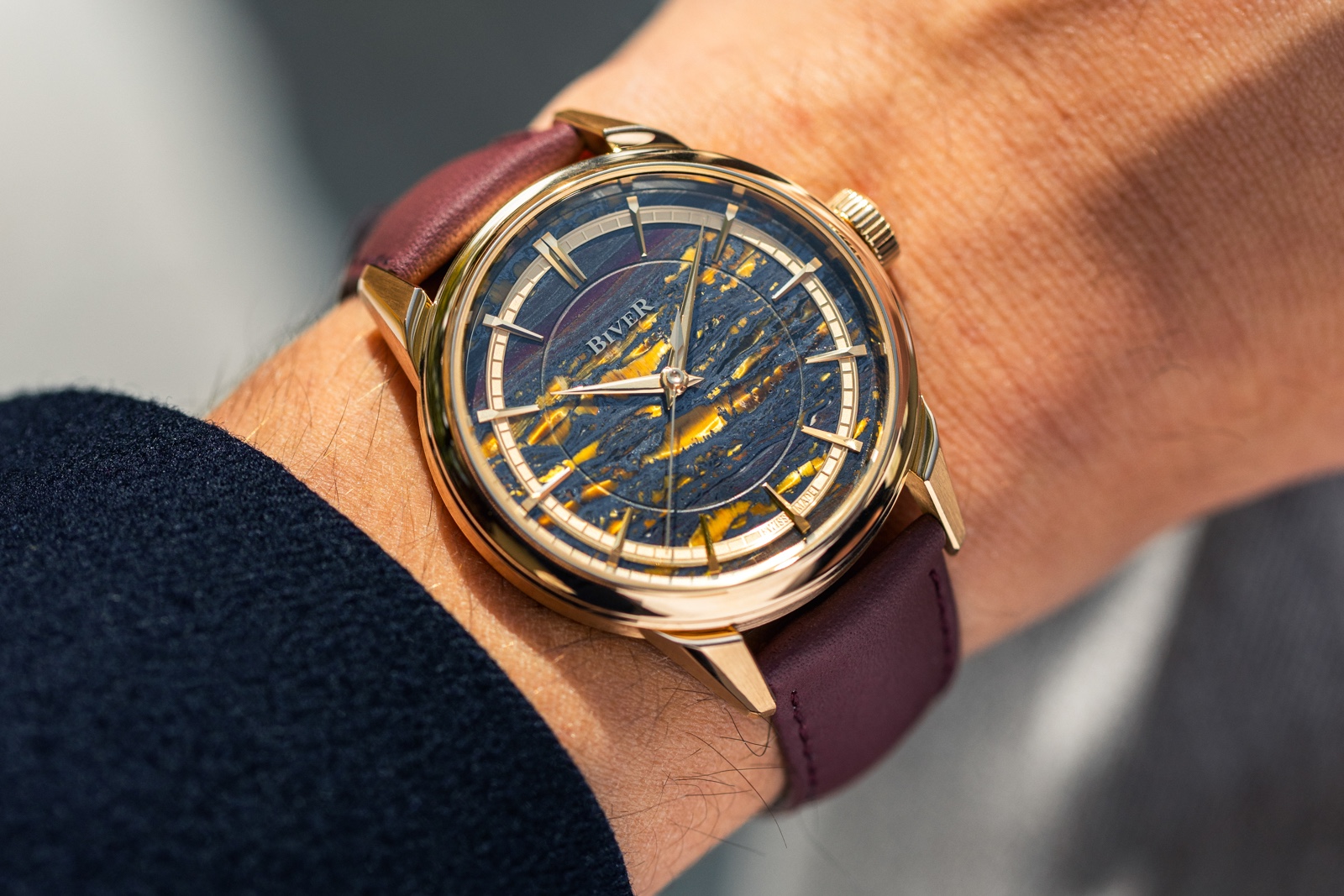



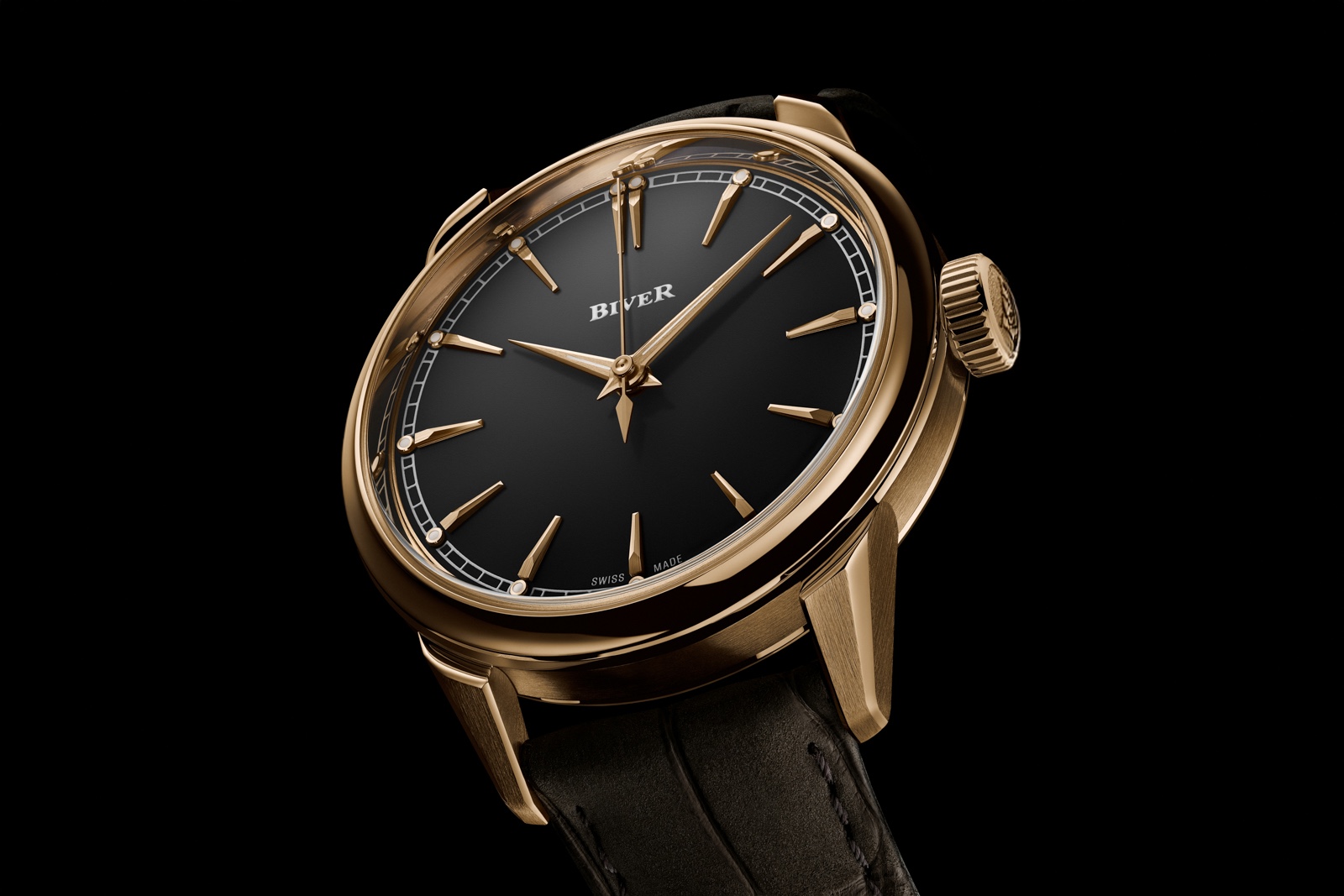
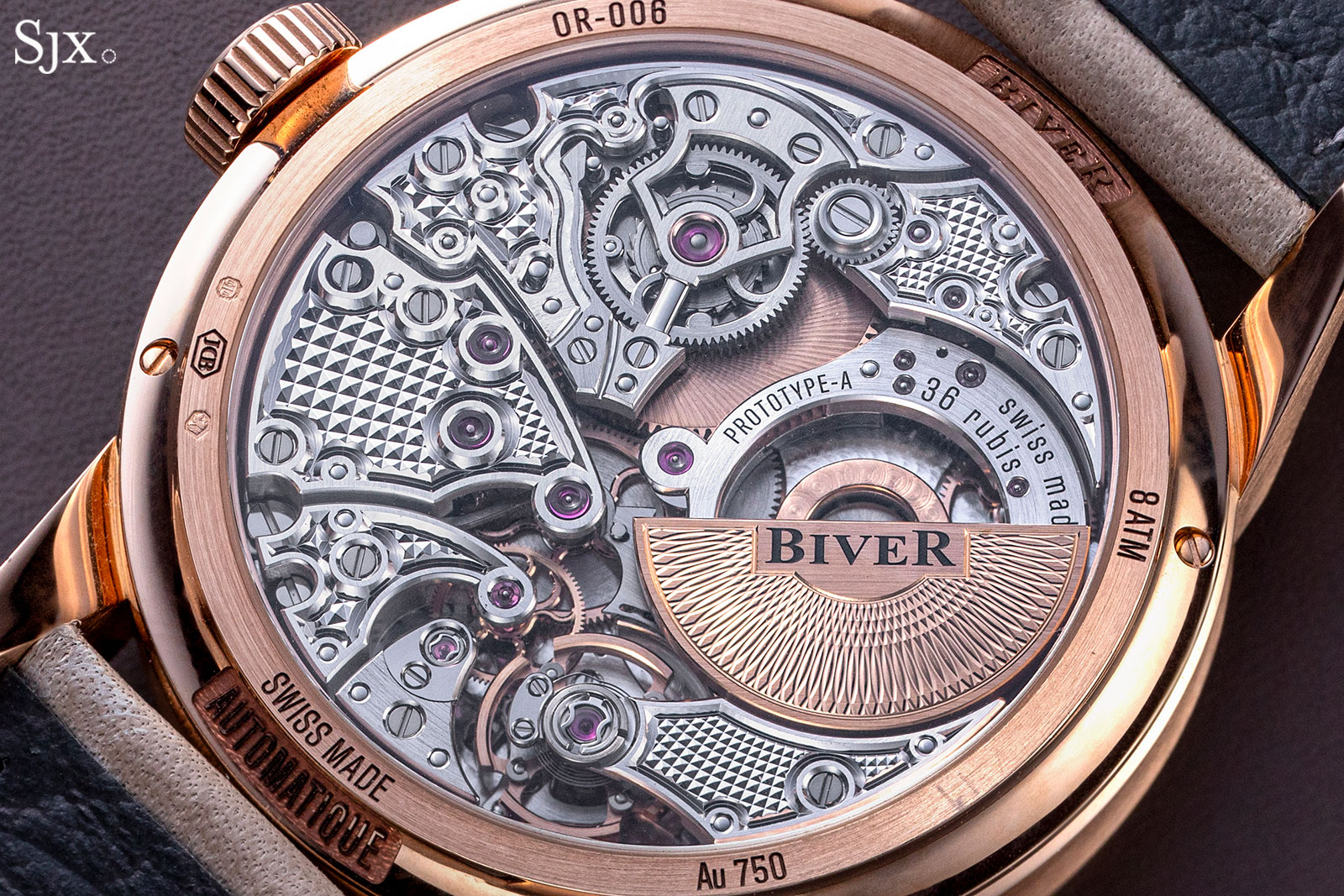 Functionally, the movement is unique, with a grande sonnerie-style winding click, which is unheard of in an automatic movement. The movement also offers a zero reset functionality, which means the seconds hand snaps back to zero when the crown is pulled, making it easy to synchronise the watch to a reference clock.
Functionally, the movement is unique, with a grande sonnerie-style winding click, which is unheard of in an automatic movement. The movement also offers a zero reset functionality, which means the seconds hand snaps back to zero when the crown is pulled, making it easy to synchronise the watch to a reference clock.